The Branding Blueprint for Business Success
Livestream Highlights
- Gain insights into Lexco’s successful branding strategy
- Understand the importance of brand investment in strengthening market presence
- Explore how branding influences customer loyalty and employee satisfaction.
Featured Guest:
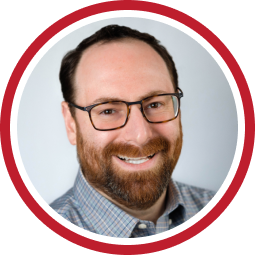
Guest
David Karbin
Vice President of Lexco Cable
Hosted By:
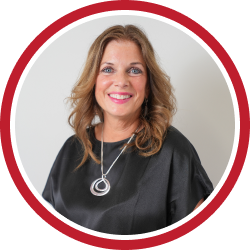
Host
Kathy Steele
CEO of Red Caffeine
Event Recap:
Revisit the insights shared by Kathy Steele and Vice President of Lexco Cable David Karbin as they discuss Lexco’s branding journey. With the help of Red Caffeine, Lexco has successfully navigated the complex process of a brand transformation, emerging as a standout leader in the wire rope industry. Lexco has leveraged its brand to not only increase market presence but also enhance customer loyalty and drive significant business growth. This session offers a blueprint for businesses looking to harness the power of branding to propel their market success and sustain long-term growth.

Is Acquisition the Right Growth Strategy for Your Business?
Business As “Un”usual • October 9, 2025
Barnet Rogers, Kathy Steele
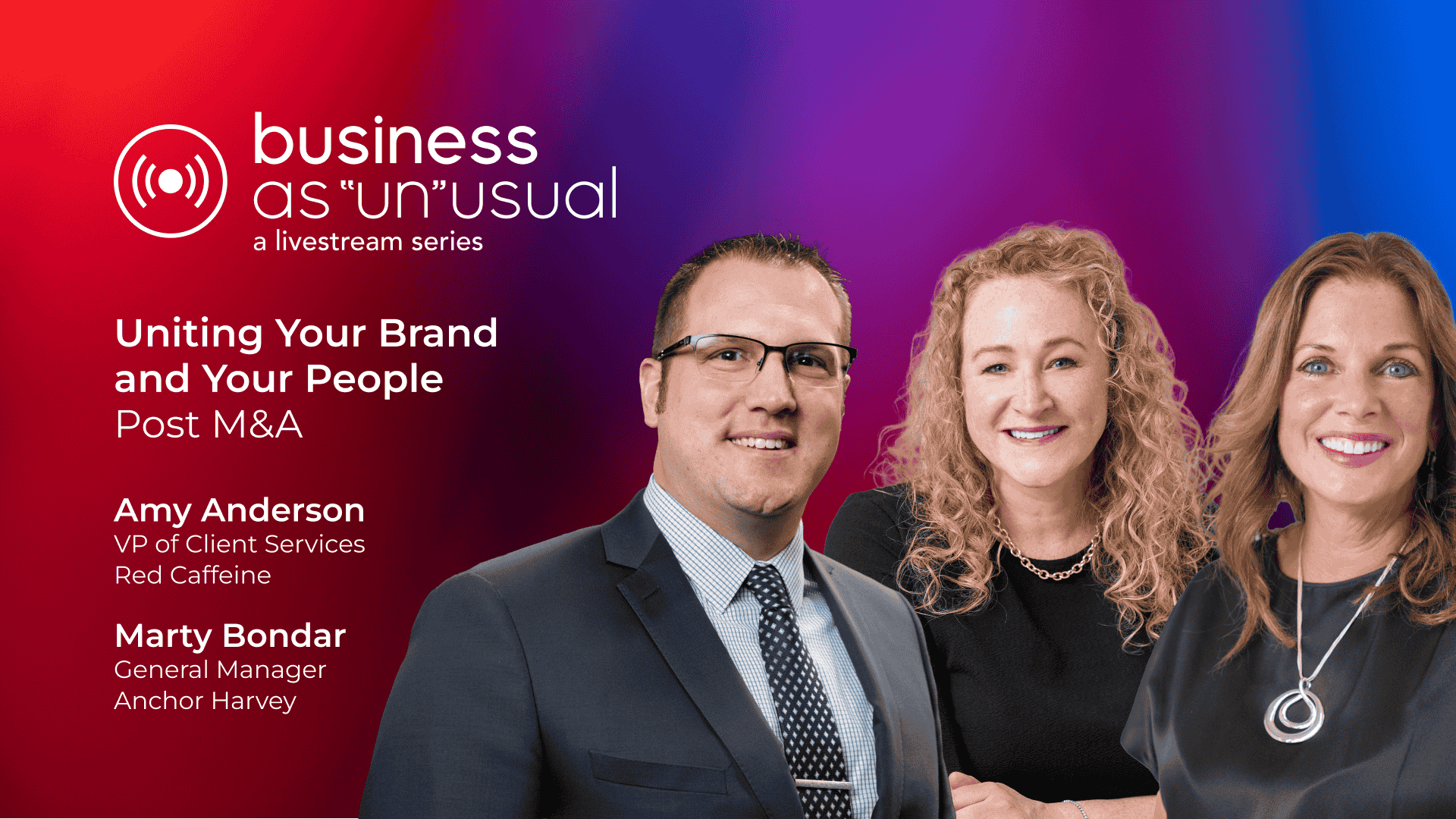
Uniting Your Brand and Your People Post M&A
Business As “Un”usual • September 18, 2025
Marty Bondar, Amy Anderson, Kathy Steele
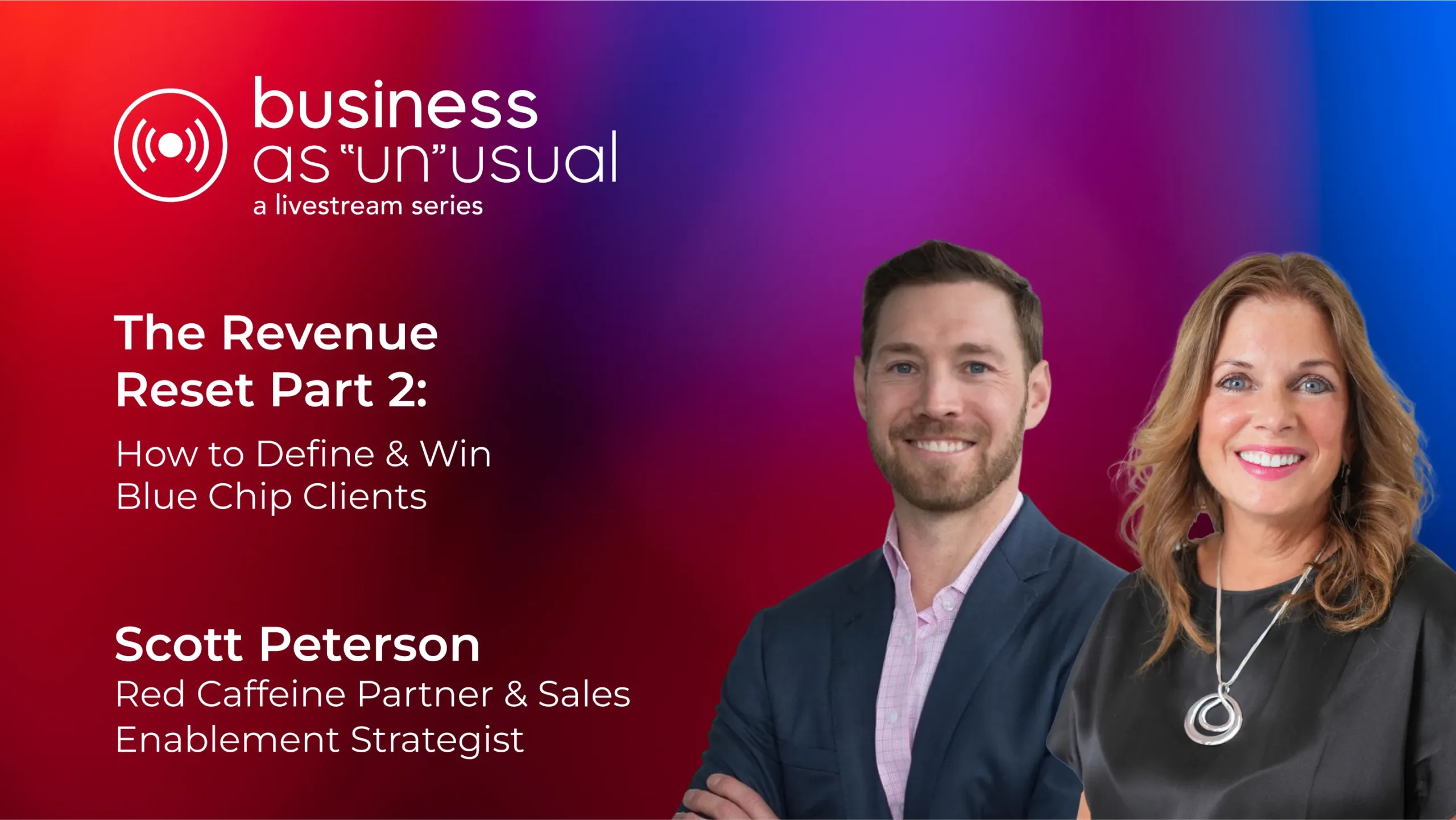
The Revenue Reset Part 2: How to Define and Win Blue Chip Clients
Business As “Un”usual • August 14, 2025
Scott Peterson, Kathy Steele
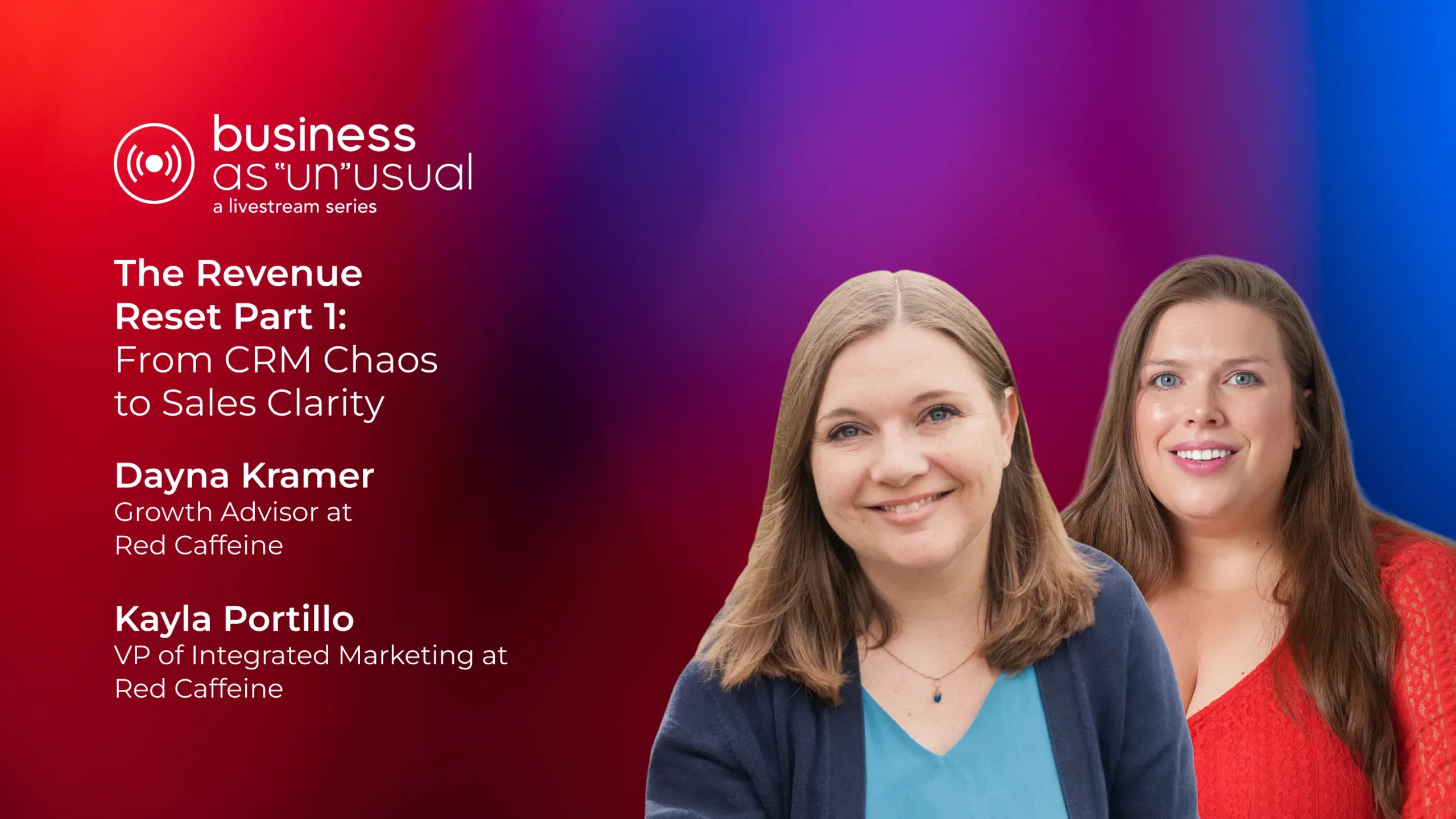
The Revenue Reset Part 1: From CRM Chaos to Sales Clarity
Business As “Un”usual • July 10, 2025
Dayna Kramer, Kayla Portillo, Kathy Steele
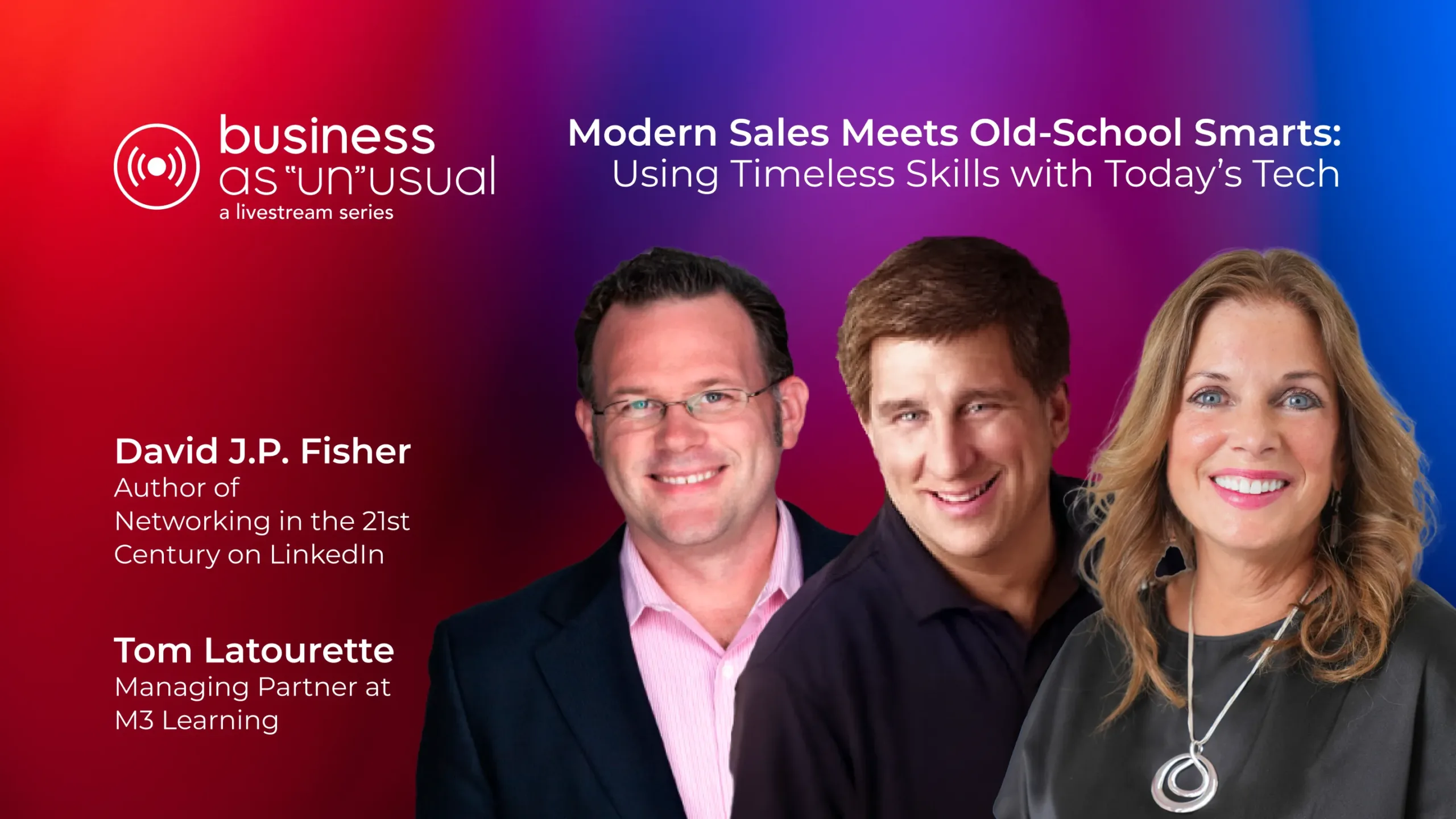
Modern Sales Meets Old-School Smarts
Business As “Un”usual • June 12, 2025
David J.P. Fisher, Tom Latourette, Kathy Steele
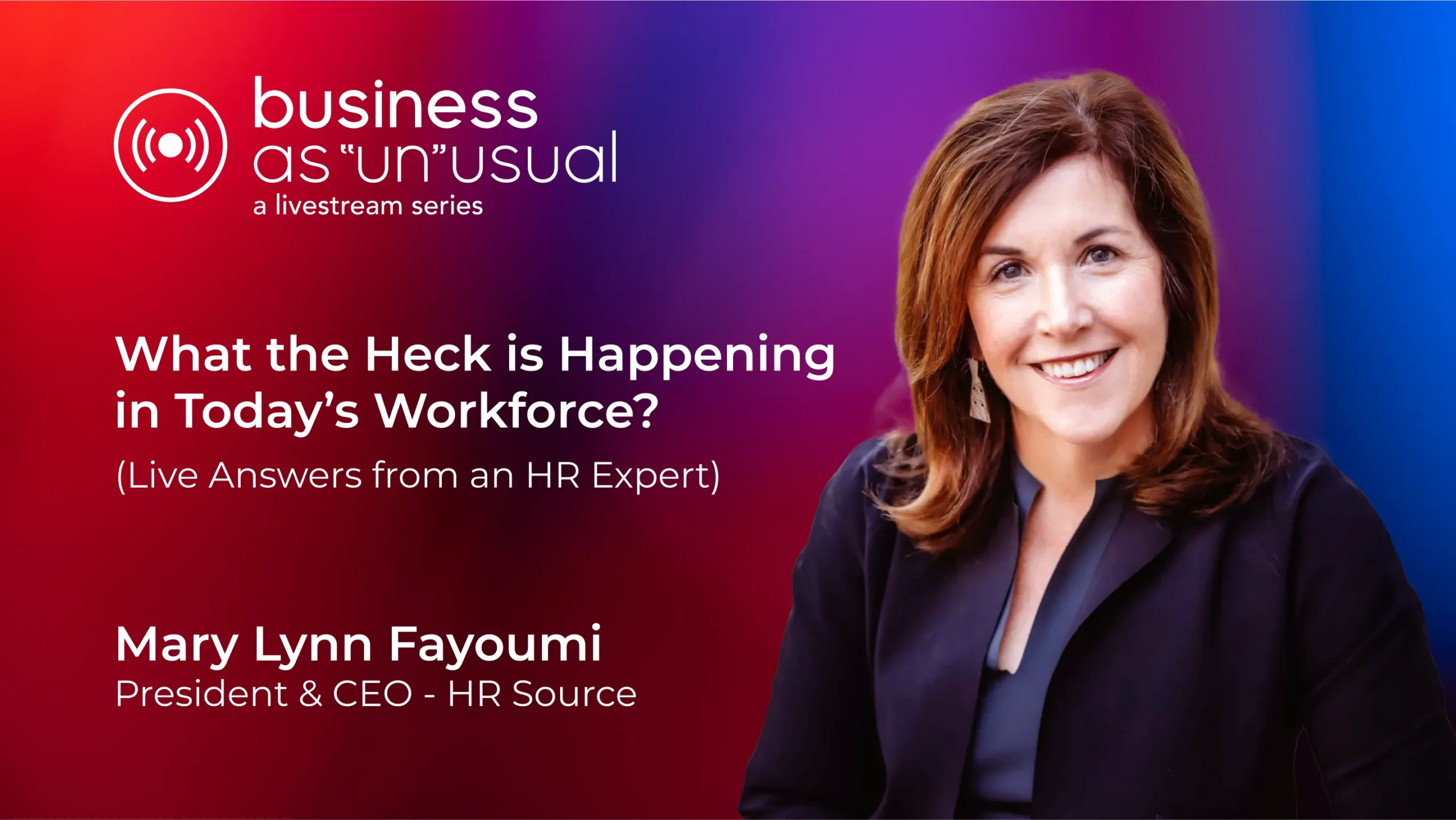
What the Heck is Happening in Today’s Workforce?(Live Answers from an HR Expert)
Business As “Un”usual • May 8, 2025
Mary Lynn Fayoumi, Kathy Steele
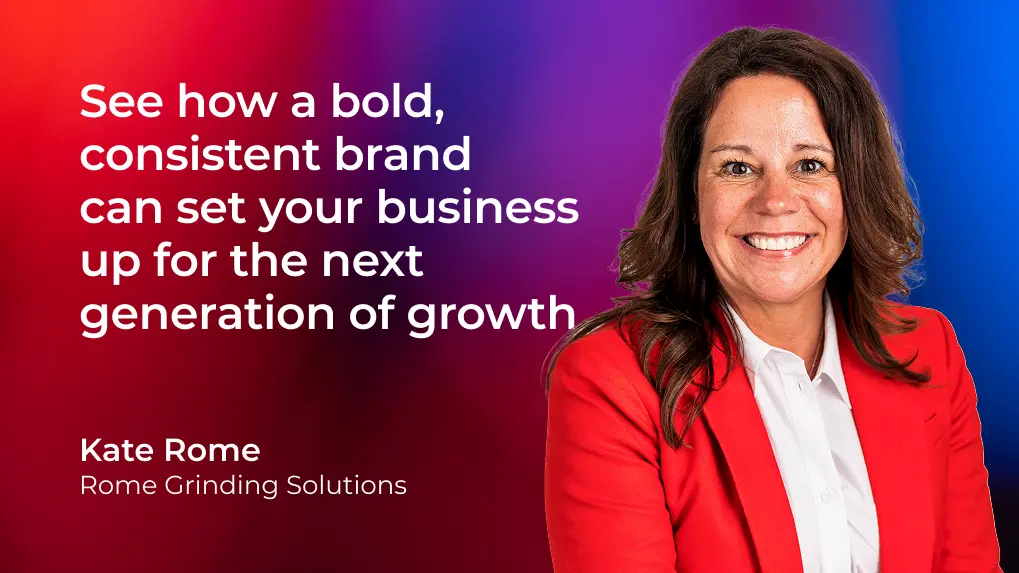
Driving Growth in Food Manufacturing: How One Company Differentiated Their Brand
Business As “Un”usual • April 10, 2025
Kate Rome, Kathy Steele
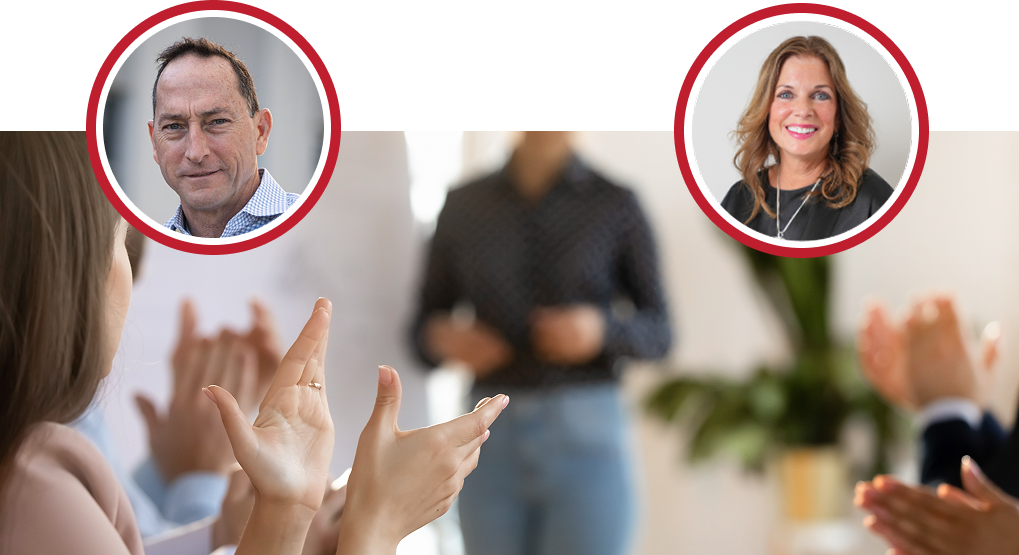
ESOP Advantage: A Win-Win Succession Plan for Owners and Employees
Business As “Un”usual • March 14, 2025
Gary Gray, Kathy Steele
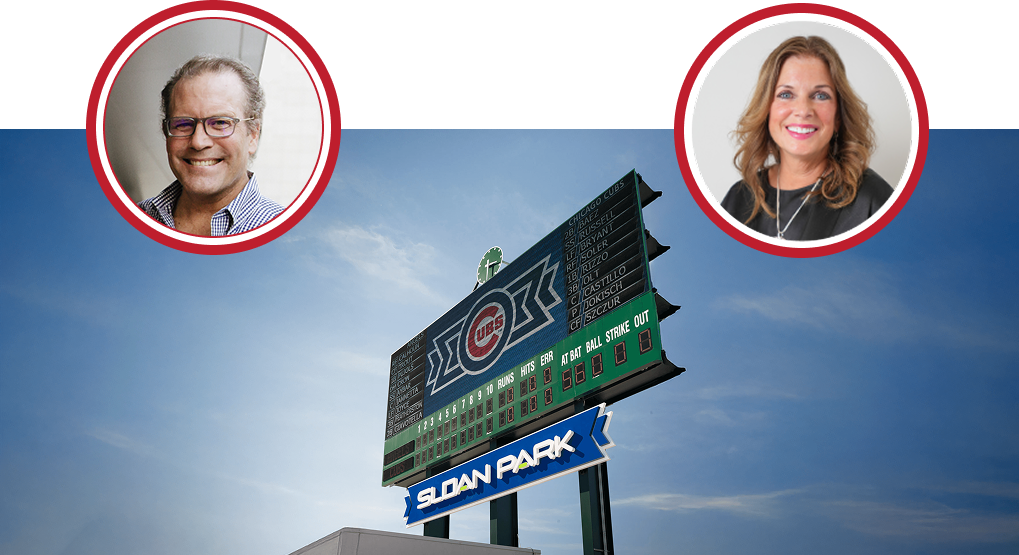
Sloan and The Cubs: Hitting Innovation Out of the Park
Business As “Un”usual • February 11, 2025
Kirk Allen, Kathy Steele
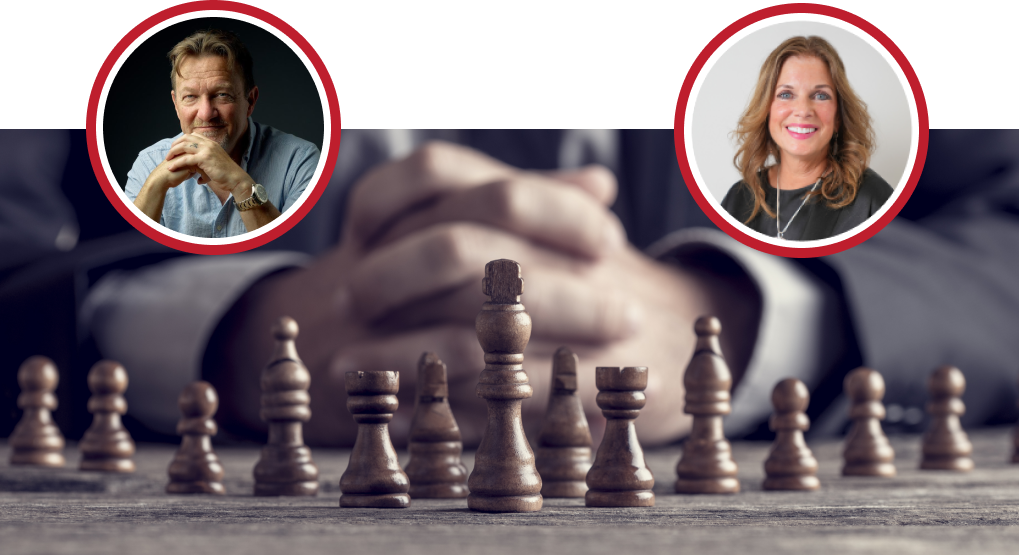
Strategic Leadership for a Fragmented World
Business As “Un”usual • January 16, 2025
Mark Parrott, Kathy Steele
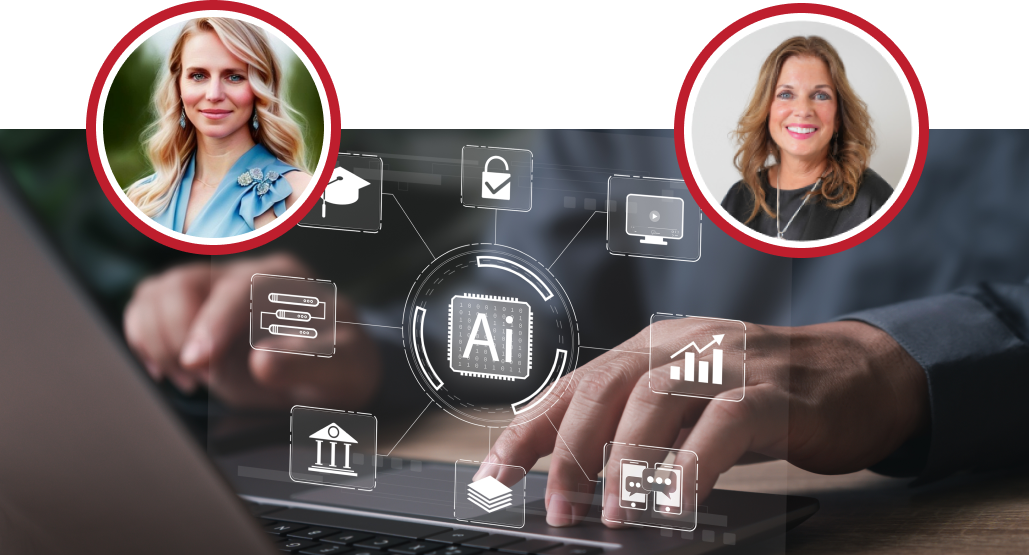
Beyond the Buzz—Using AI to Cut Inefficiencies & Elevate Creativity
Business As “Un”usual • December 13, 2024
Kristi Zuhlke, Kathy Steele
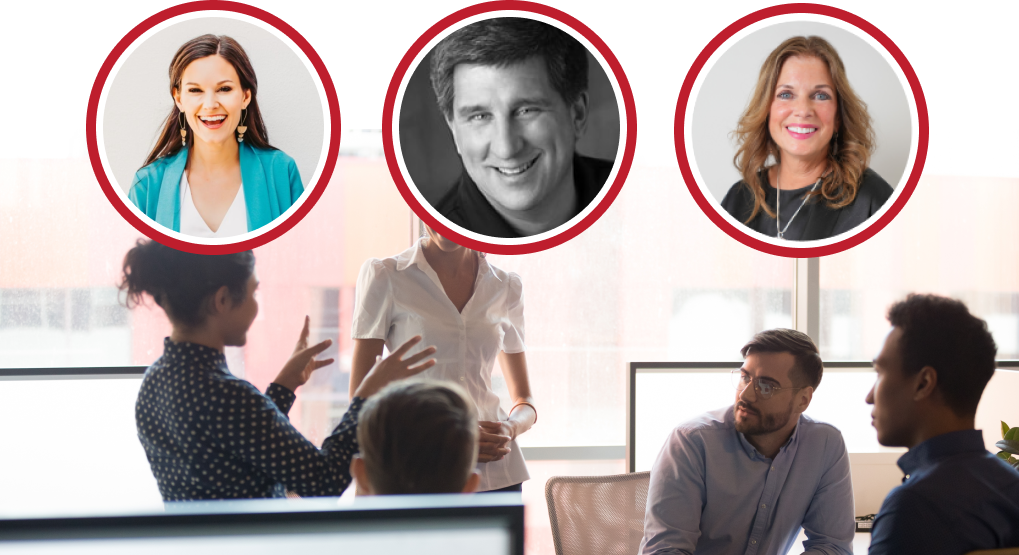
The Ensemble Approach to Business: Enhancing Sales Collaboration Through Improv
Business As “Un”usual • November 14, 2024
Erin Diehl, Kathy Steele, Tom Latourette
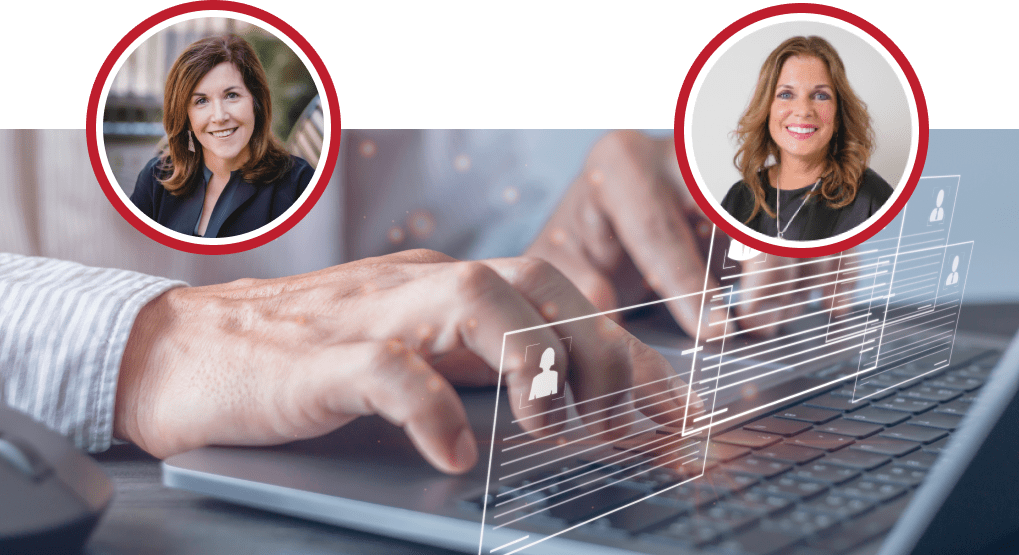
Thriving in Uncertainty:
HR Strategies for Economic, Technological, and Legislative Shifts
Business As “Un”usual • October 10, 2024
Mary Lynn Fayoumi, Kathy Steele
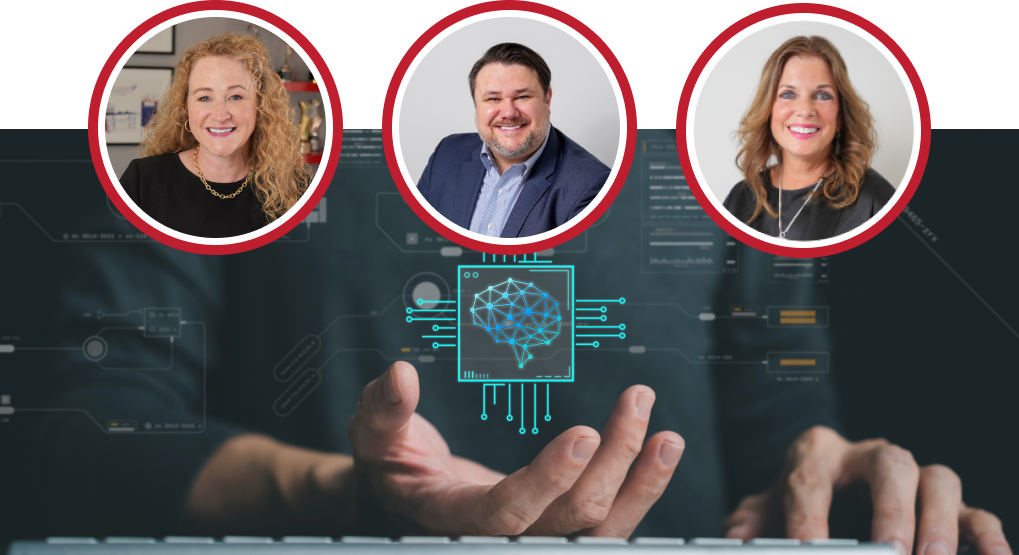
B2B Growth Trends From Automation to Acquisition: What to Have On Your Radar for 2025
Business As “Un”usual • September 12, 2024
Amy Anderson, Bill Skowronski, Kathy Steele
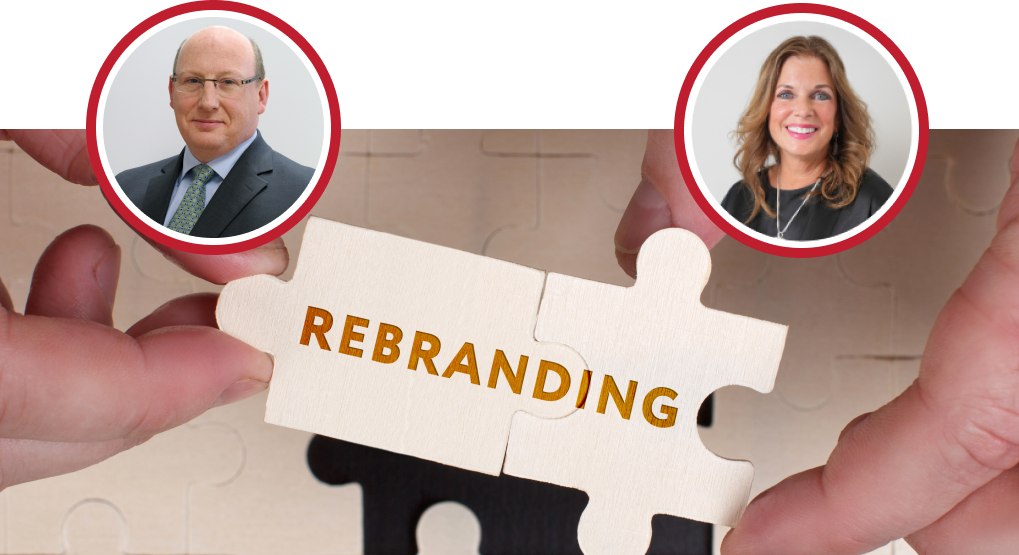
Rebranding for Long-Term Growth: A Must for Evolving Businesses
Business As “Un”usual • August 8, 2024
David Doyle, Kathy Steele
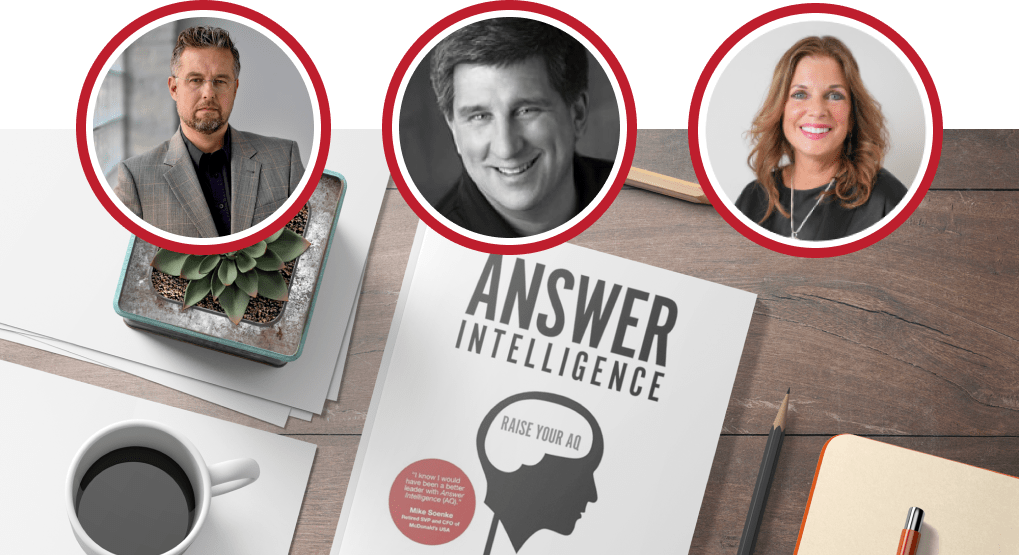
Discover the Power of Better Answers: Elevate Sales with Answer Intelligence (AQ)™
Business As “Un”usual • July 12, 2024
Brian Glibkowski, Tom Latourette, Kathy Steele
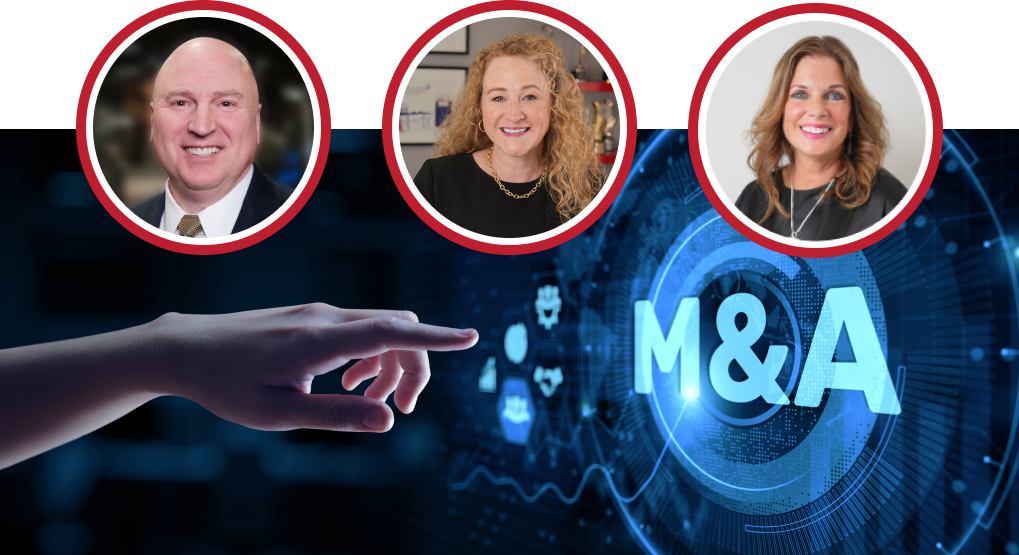
Acquiring Success: M&A Strategies for Forward-Thinking Leaders
Business As “Un”usual • June 13, 2024
Remo Picchietti, Amy Anderson, Kathy Steele
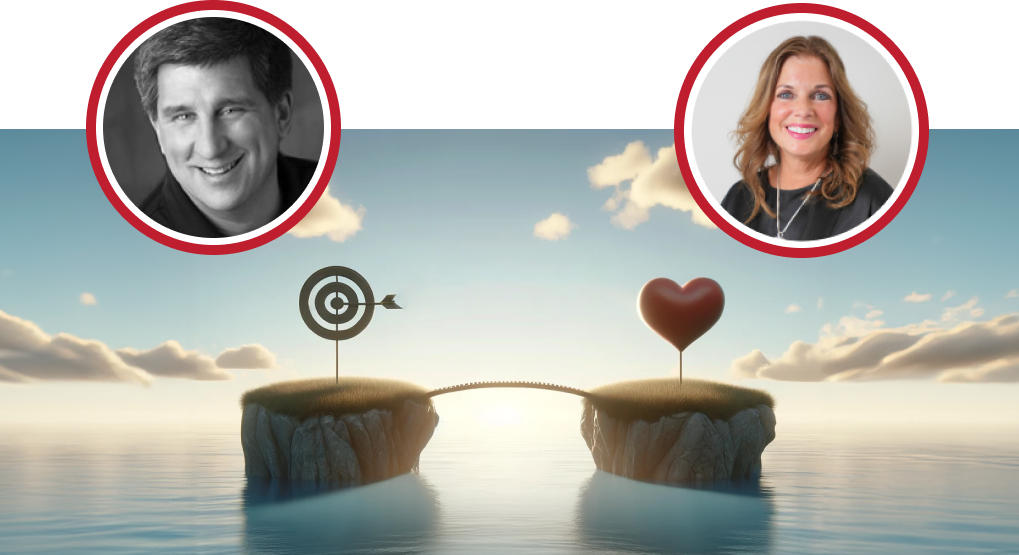
Beyond the Pitch: Aligning Sales Strategies with Customer Needs
Business As “Un”usual • May 16, 2024
Kathy Steele, Tom Latourette
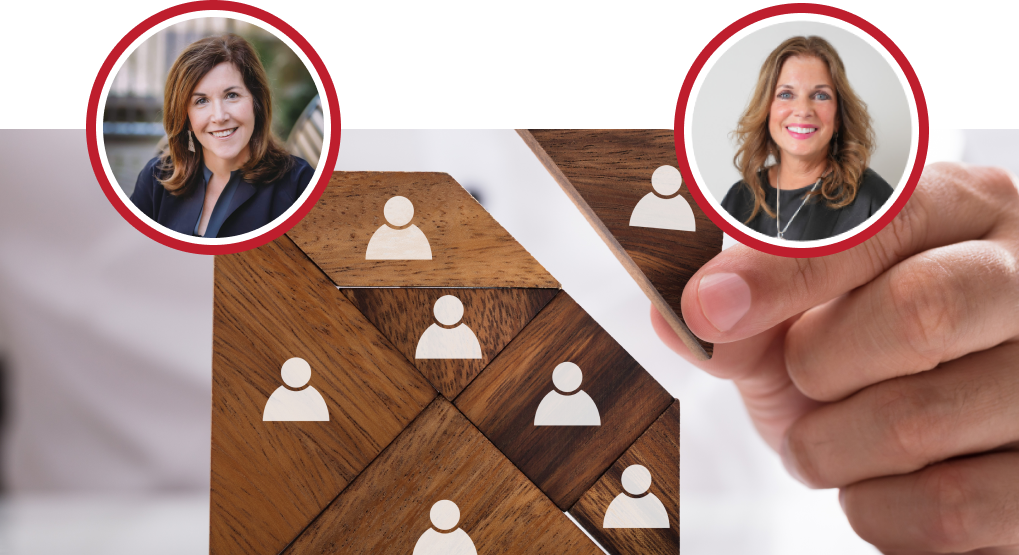
Enhancing Business Adaptability with Fractional Staffing Strategies
Business As “Un”usual • April 11, 2024
Kathy Steele, Mary Lynn Fayoumi
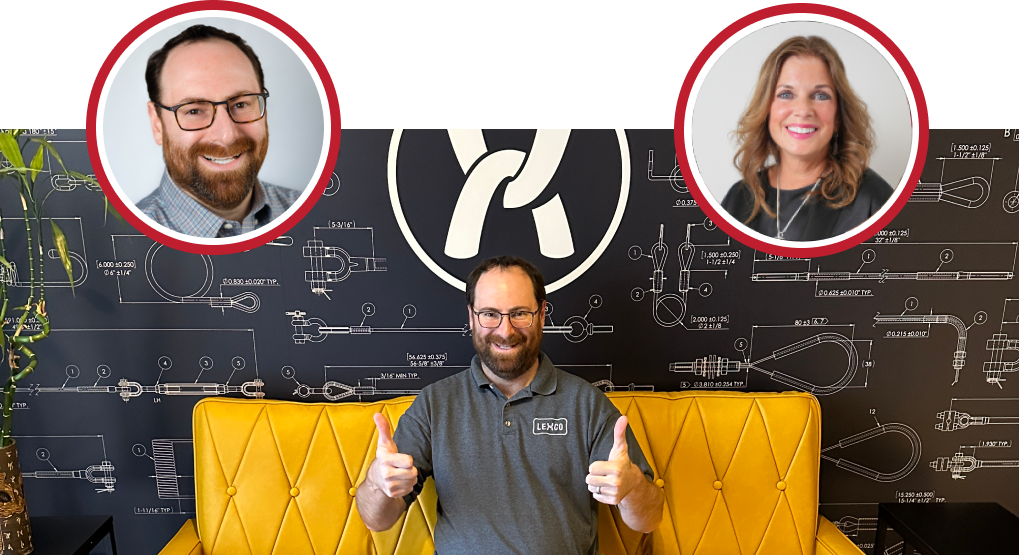
The Branding Blueprint for Business Success
Business As “Un”usual • March 21, 2024
Kathy Steele, David Karbin
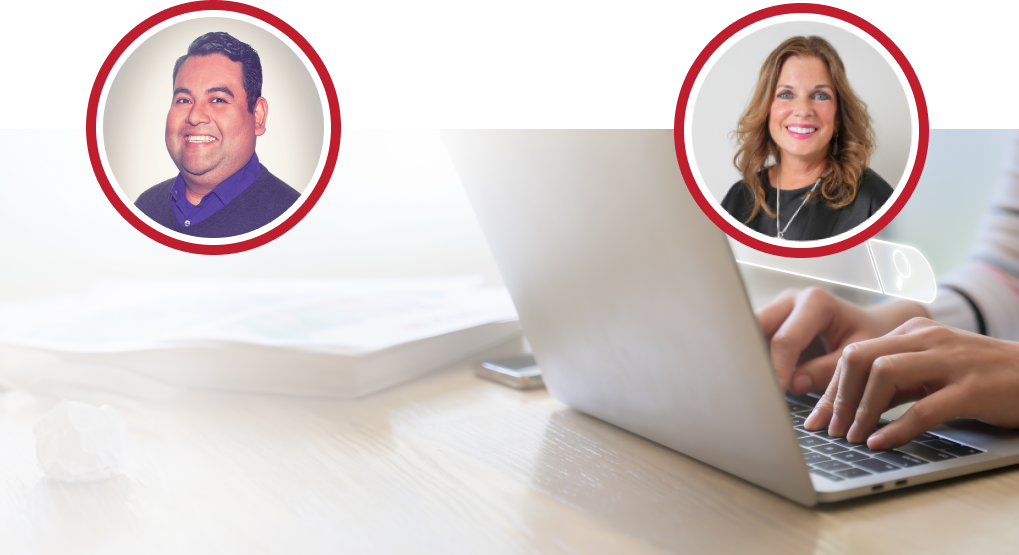
Navigating The Future Of SEO
Business As “Un”usual • February 17, 2024
Kathy Steele, Victor Lopez
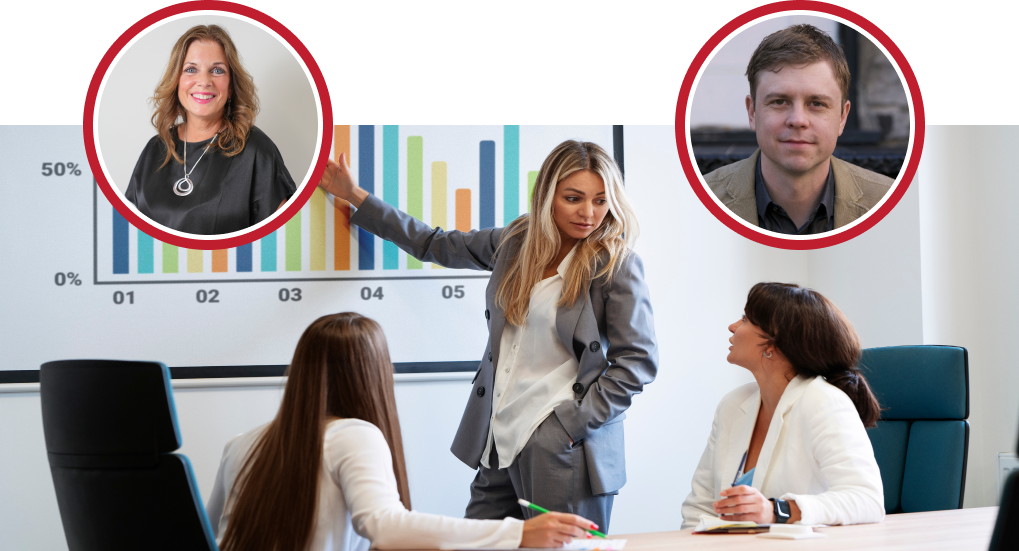
Insight-Driven Success: Mastering Customer Research for Business Growth
Business As “Un”usual • January 12, 2024
Kathy Steele, Ryan Paul Gibson
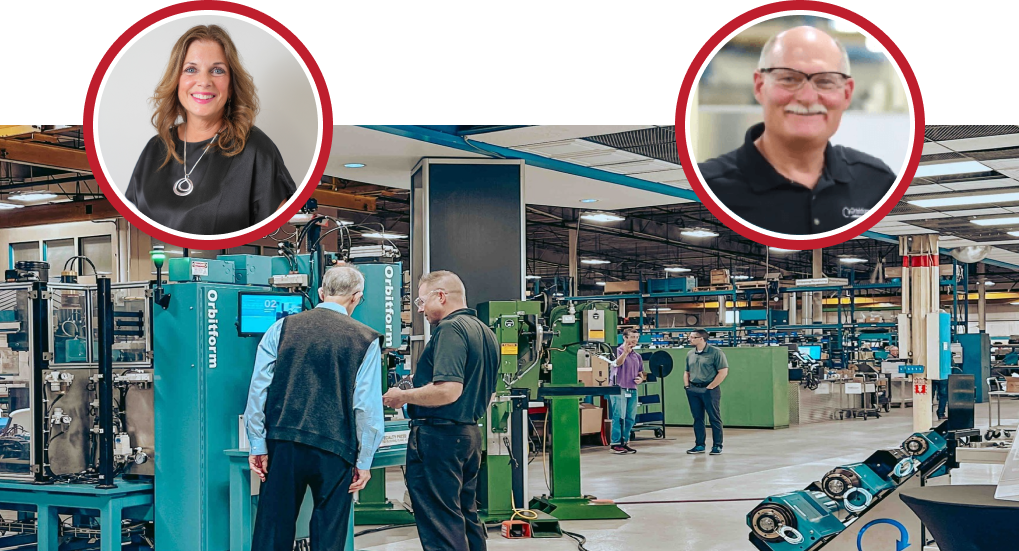
Why & How Orbitform Quickly Produced the Orbitform UVC Decontamination Chamber
Business As “Un”usual • January 9, 2024
Phil Sponslor , Kathy Steele
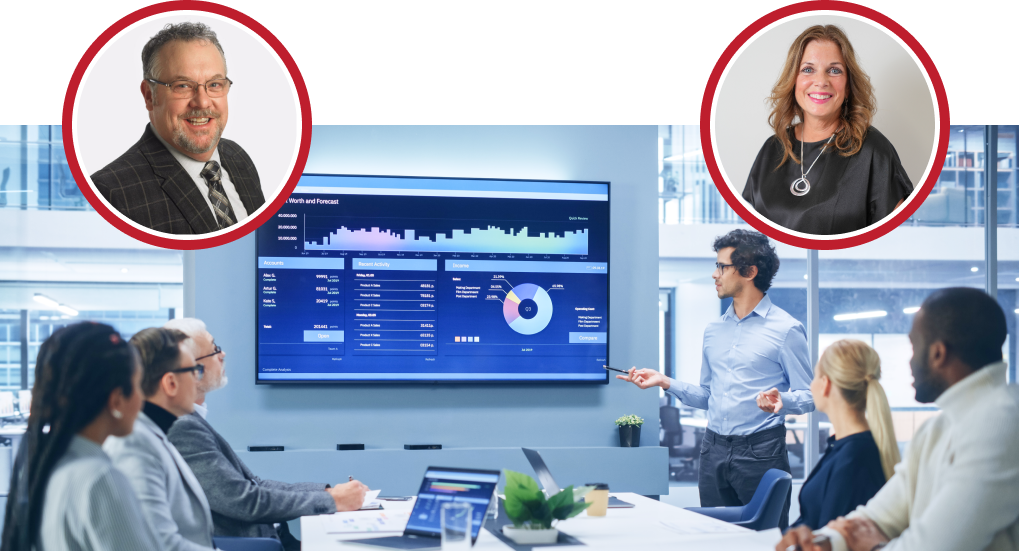
Navigating The Future: Mastering Succession Planning And Business Strategy
Business As “Un”usual • January 8, 2024
Ed Barone, Kathy Steele
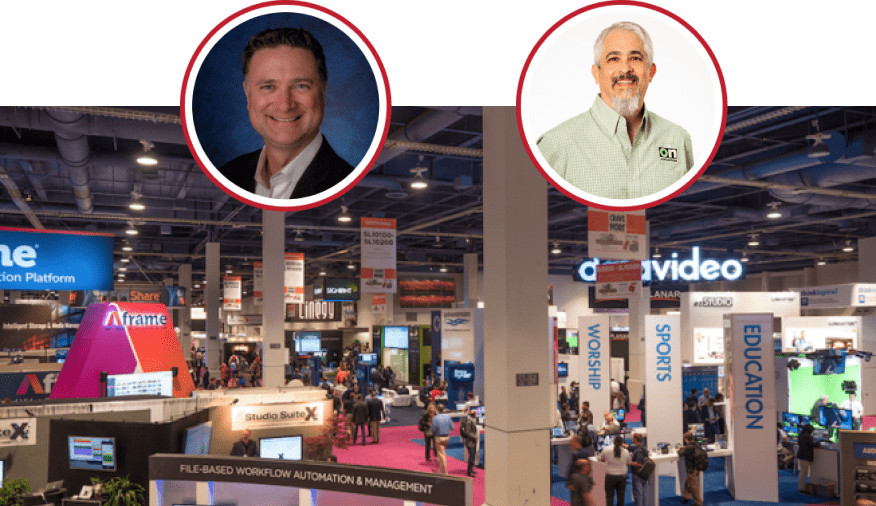
Plan Strategically And Get More
Out Of 2024 Trade Shows
Business As “Un”usual • December 4, 2023
Glen Ruggiero, Kevin Fett
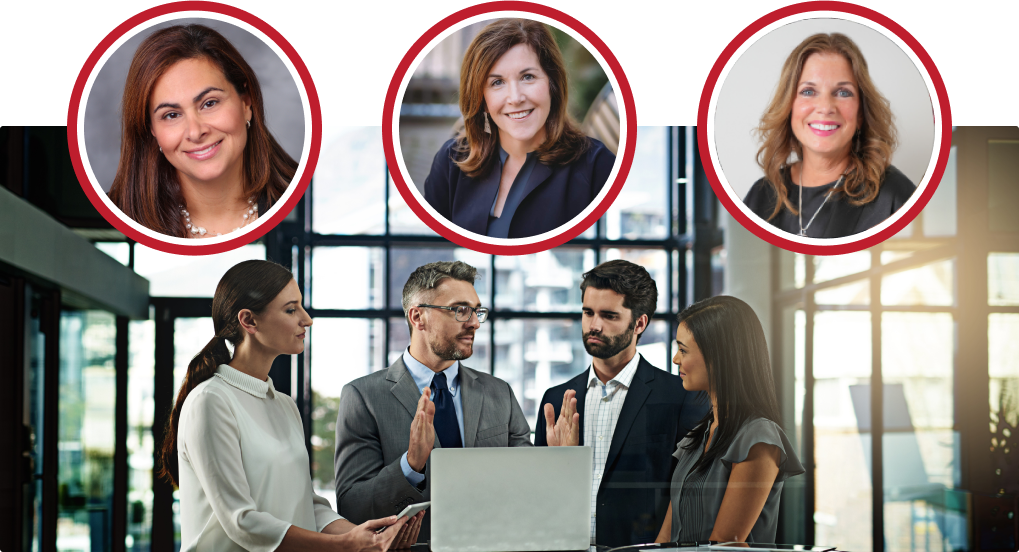
How to Be a Best and Brightest Company
Business As “Un”usual • December 4, 2023
Kathy Steele, Jennifer Kluge, Mary Lynn Fayoumi

Get Ahead Of 2024 Planning Now
Business As “Un”usual • December 4, 2023
Kathy Steele, Christiana Henry, Amy Anderson, Bill Skowronski
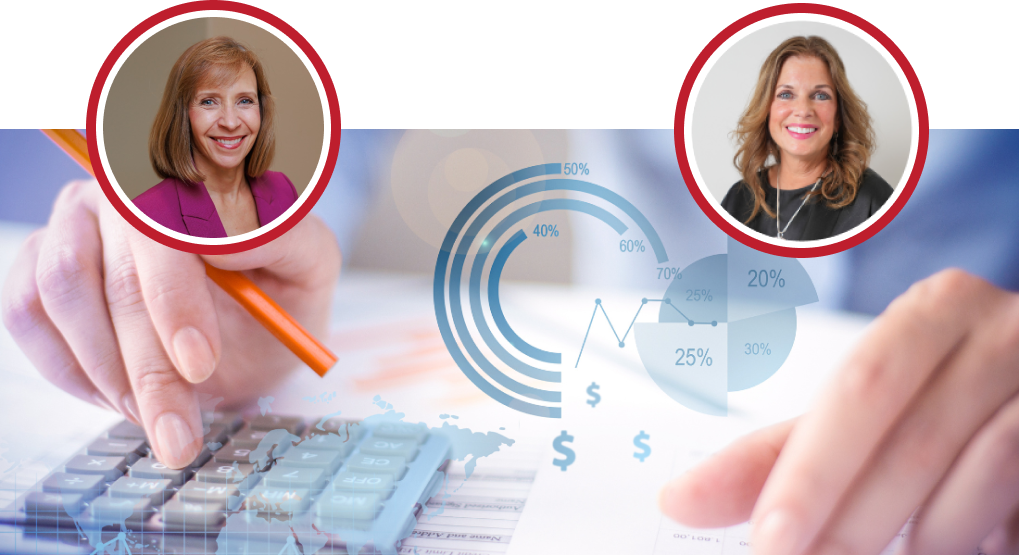
Mastering Modern Hr & Navigating the Changing Labor Market
Business As “Un”usual • September 7, 2023
Kathy Steele, Sandra Teague
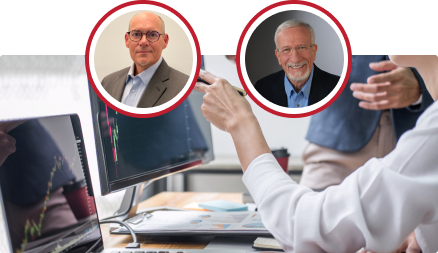
Increasing Sales Revenue
Even in Recessionary Times
Business As “Un”usual • September 7, 2023
Kathy Steele, John Jankowski, Bob Lambert
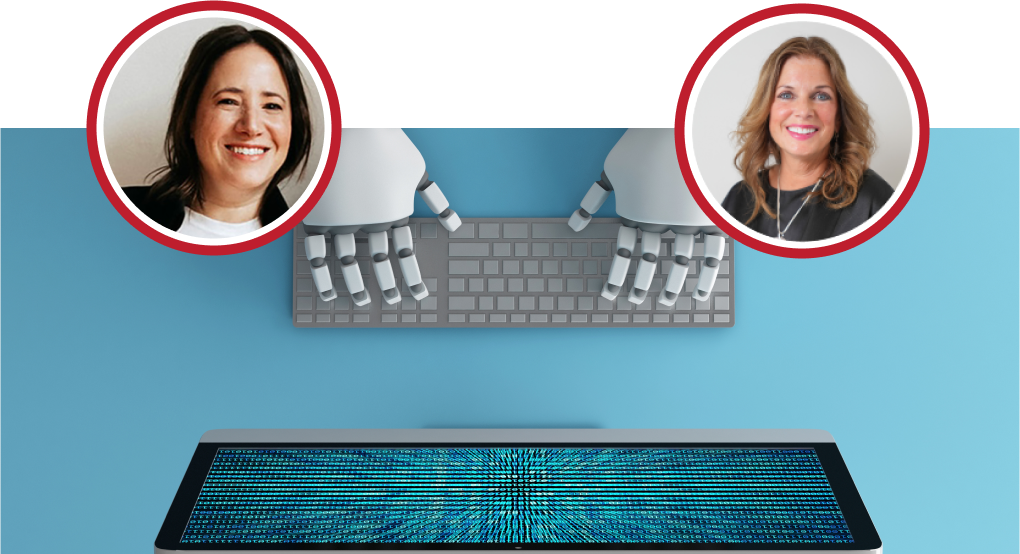
How is AI Impacting the Customer Experience?
Business As “Un”usual • September 7, 2023
Kathy Steele, Alana Widdess
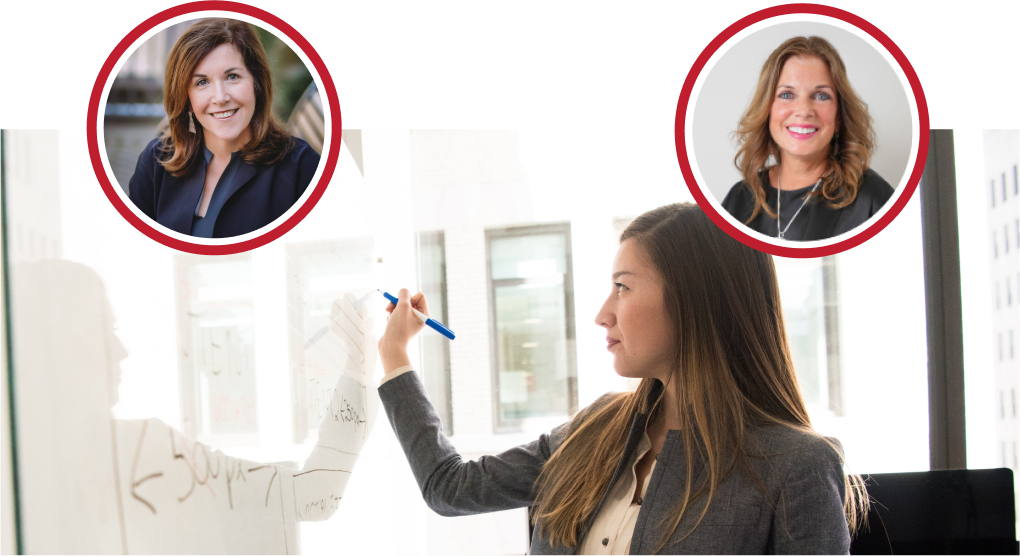
How Companies Can Learn From the Great Resignation
Business As “Un”usual • September 7, 2023
Kathy Steele, Mary Lynn Fayoumi
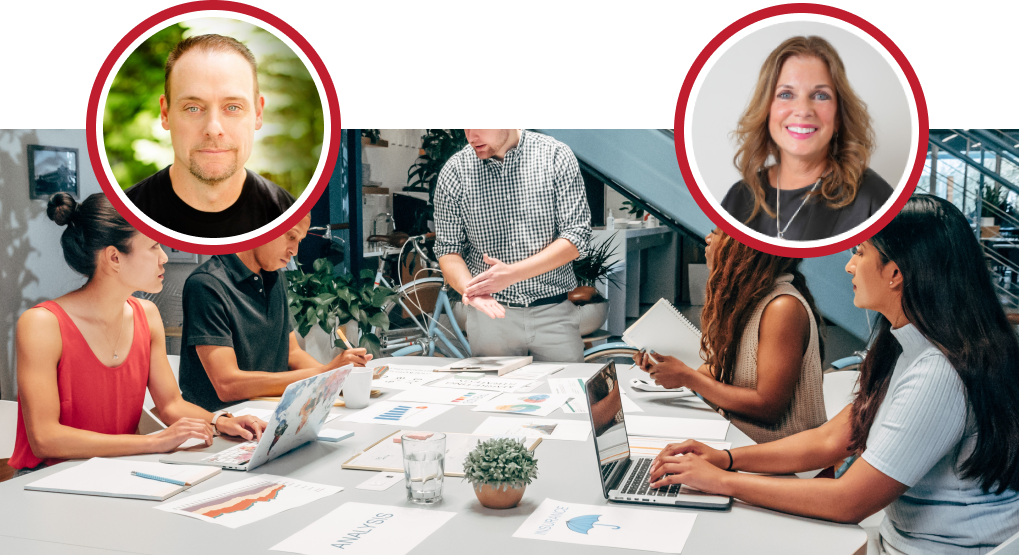
Unlock Sales and Marketing Growth With Better Buyer Personas
Business As “Un”usual • September 7, 2023
Kathy Steele, Jim Krauss
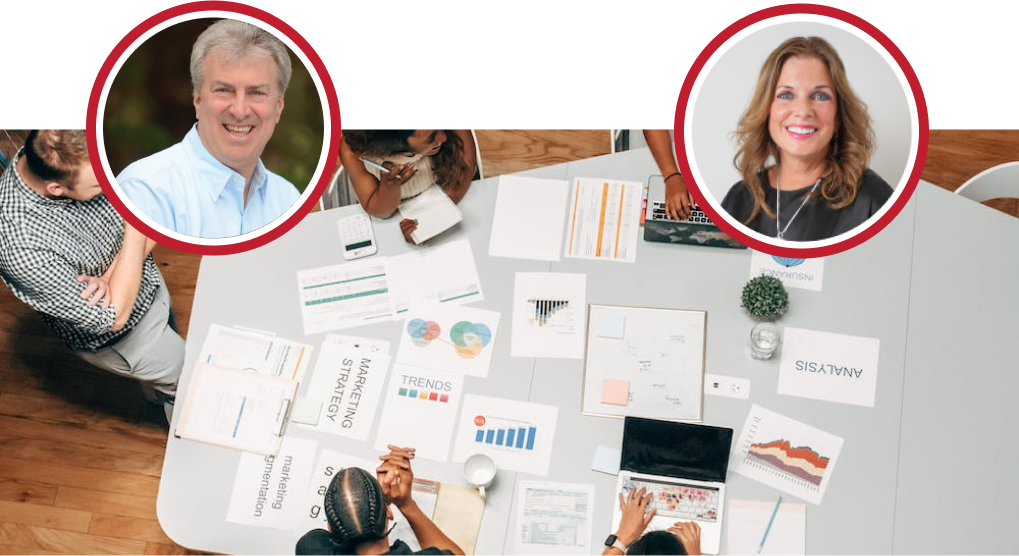
Outbounding:
A Better Way to Grow Sales in 2023
Business As “Un”usual • September 7, 2023
Kathy Steele, Skip Miller
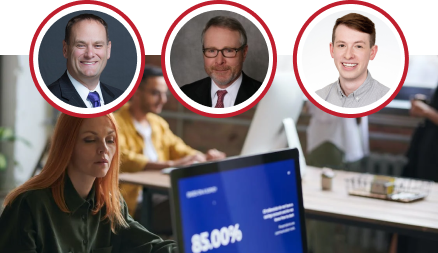
The Economic Scenarios You Need to Prepare for in 2023
Business As “Un”usual • September 7, 2023
Kathy Steele, Jason Turner, Terry Bressler, Spencer Yurkowitz
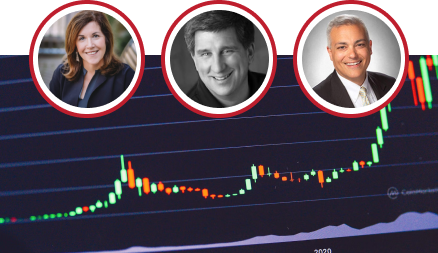
2023 Predictions – The Growth Trends to Watch
Business As “Un”usual • September 7, 2023
Kathy Steele, Mary Lynn Fayoumi, Tom Latourette, Joe Gurreri
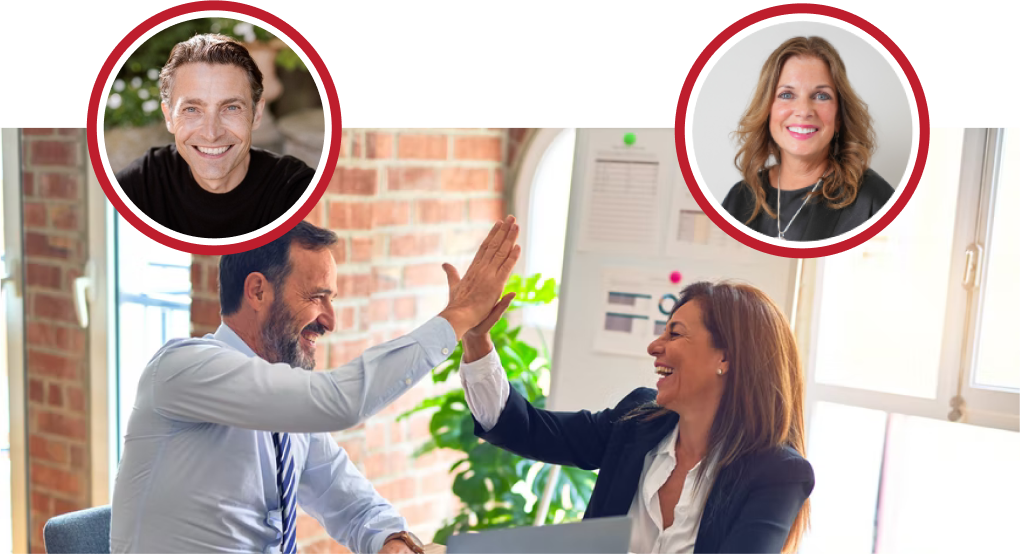
10 Disciplines EOS Leaders Use to Grow Their Company
Business As “Un”usual • September 7, 2023
Kathy Steele, Rob Dube

B2B Sales Strategies for a Recessionary Environment
Business As “Un”usual • September 7, 2023
Kathy Steele, Janet Viane
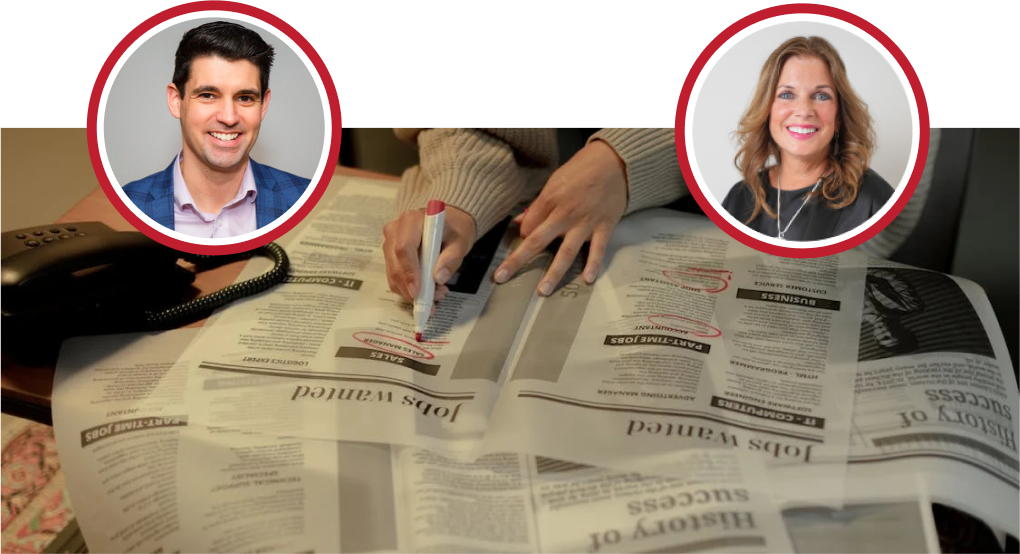
The Talent Variable in the Growth Process
Business As “Un”usual • September 7, 2023
Kathy Steele, Tim Schumm
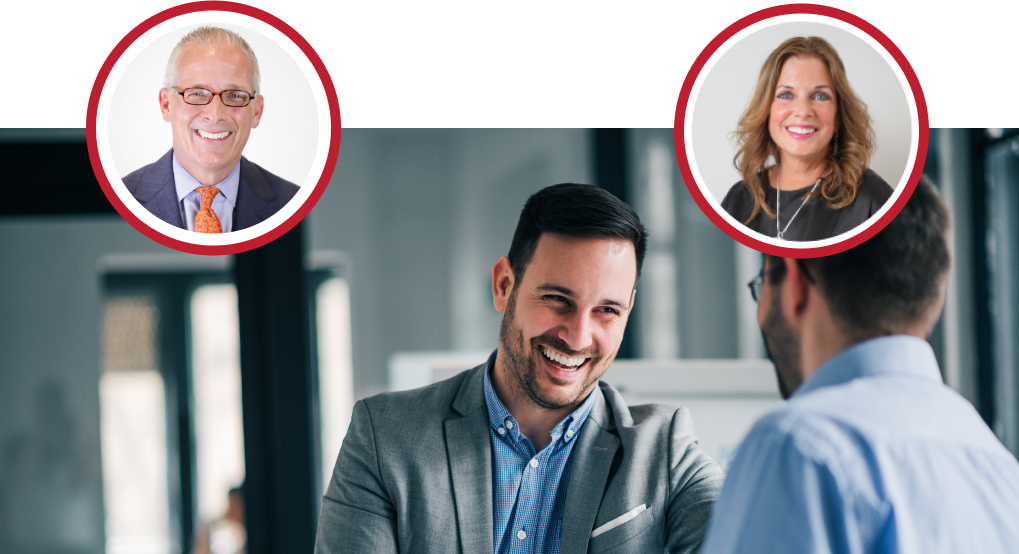
Exceptional Client Experiences
Business As “Un”usual • September 7, 2023
Kathy Steele, Chris McKee
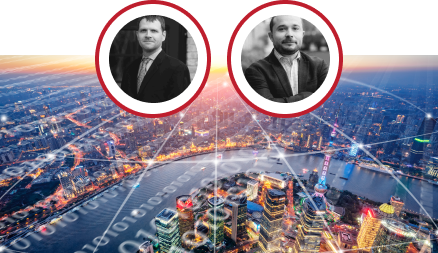
You’re Carrying Too Many Technology Platforms. Here’s How to Choose What to Keep.
Business As “Un”usual • September 7, 2023
Kathy Steele, Mike Remke, Matt Butler
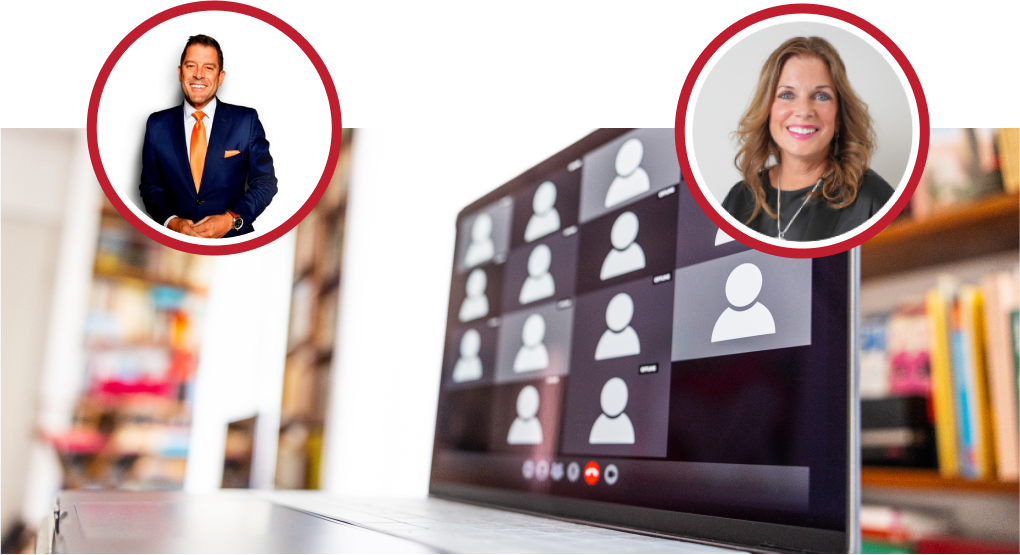
Discover the Tips That Expert Presenters Rely on Most
Business As “Un”usual • September 7, 2023
Kathy Steele, Rob Johnson
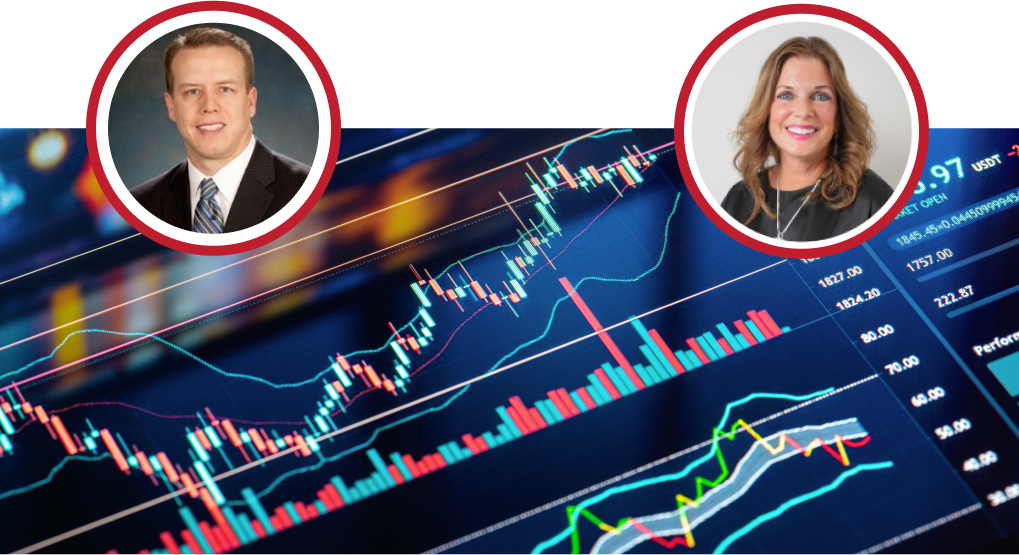
Growing Your Mid-Market Company in 2022
Business As “Un”usual • September 7, 2023
Kathy Steele, Doug Farren
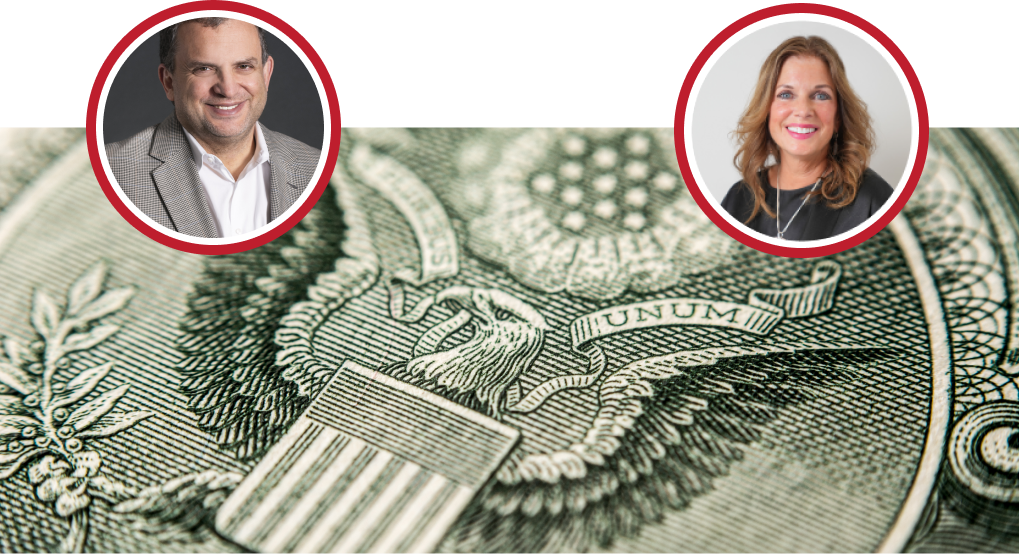
Learn How and Where to Invest in Your Company’s Growth
Business As “Un”usual • September 7, 2023
Kathy Steele, Ami Kassar
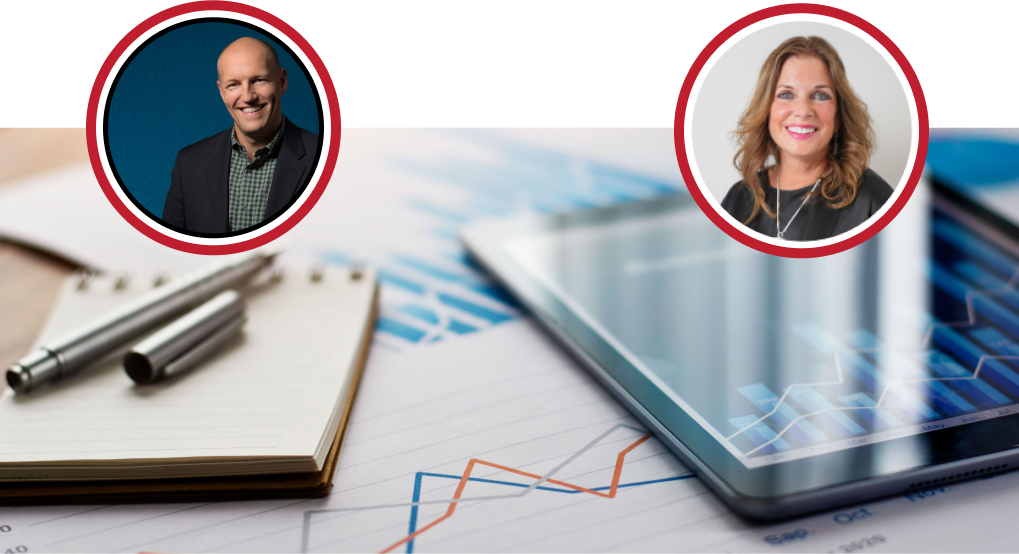
Understand Your Customers’ Value to See How Fast You Can Grow
Business As “Un”usual • September 7, 2023
Kathy Steele, Chris Arndt
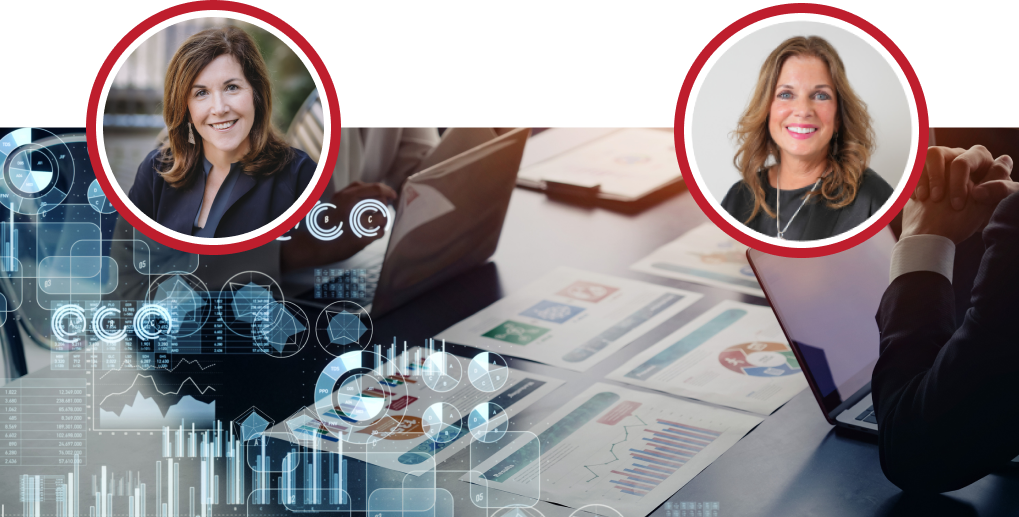
Lessons in Badassery: Creative Recruitment and Retention
Business As “Un”usual • September 7, 2023
Kathy Steele, Mary Lynn Fayoumi
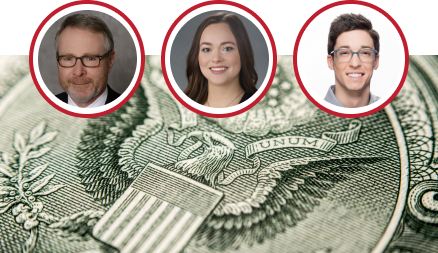
Supply Chain, Labor Market, Inflation.
Oh My!
Business As “Un”usual • September 7, 2023
Kathy Steele, Claire Ellerhost, Michael Rarey, Terry Bressler
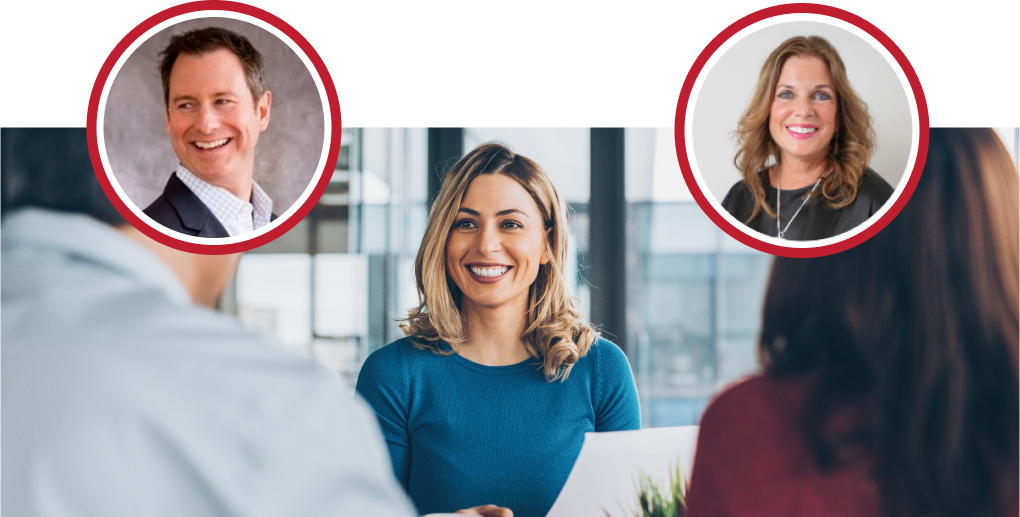
Customer Advocacy: Your Most Powerful Sales Pitch
Business As “Un”usual • September 7, 2023
Kathy Steele, Patrick Rooney
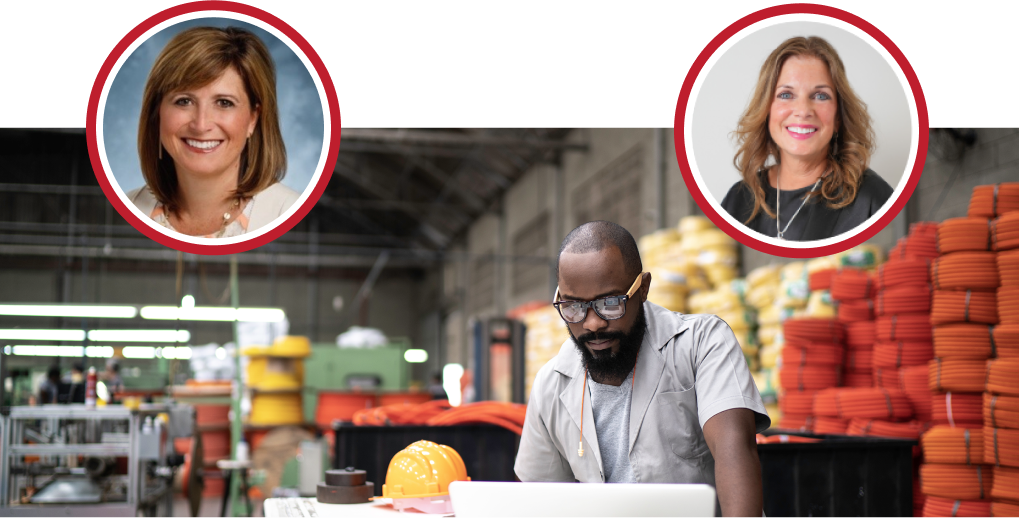
eCommerce in Manufacturing – The Keys to Success
Business As “Un”usual • September 7, 2023
Kathy Steele, Nicole Westenberger
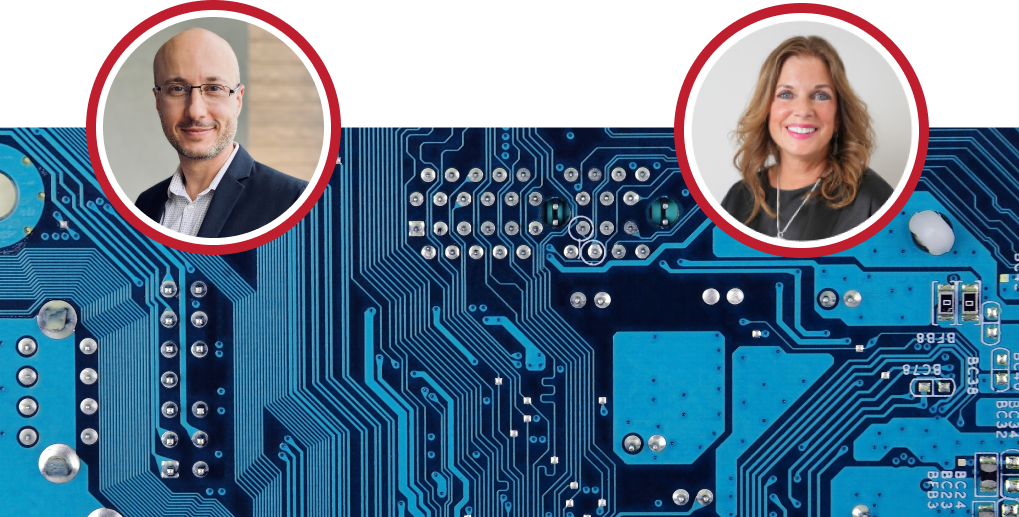
What Machine Learning Can Teach Your Business.
Business As “Un”usual • September 7, 2023
Kathy Steele, Niko Pipaloff
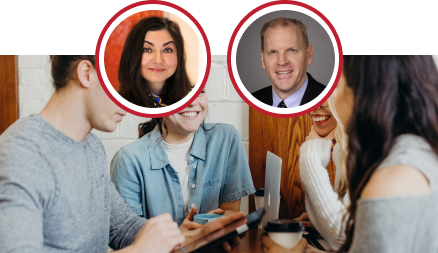
Growth Lanes: Focus on Human Capital
Business As “Un”usual • September 7, 2023
Kathy Steele, Sean Helsel, Rae Ali
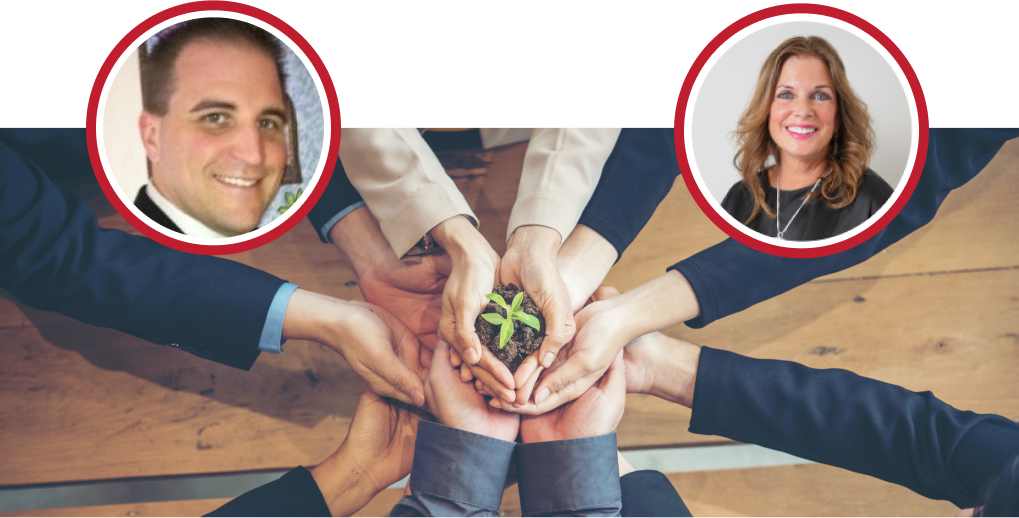
Strategic Partnerships That Work
Business As “Un”usual • September 7, 2023
Kathy Steele, Jonathan Schroeder
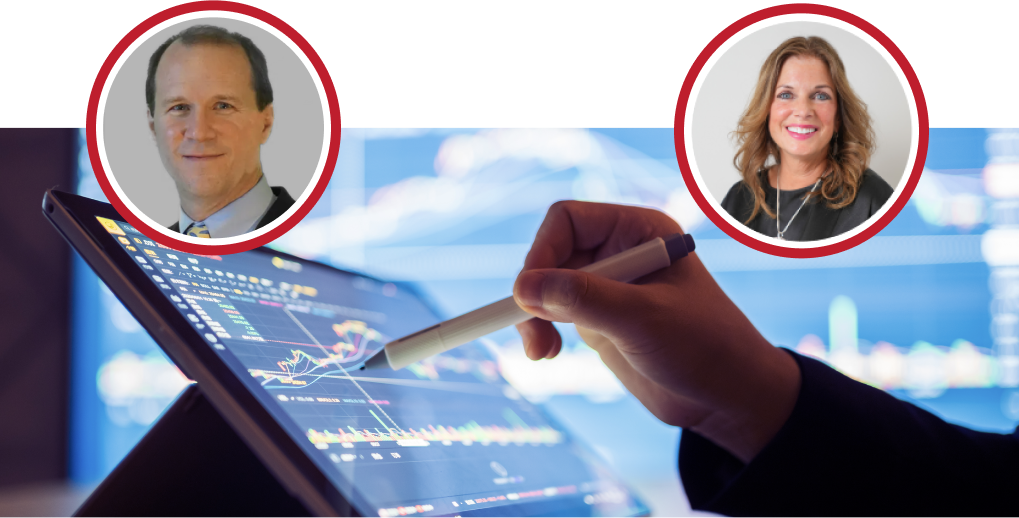
Quantify Your Value With Customer Value Management (Cvm)
Business As “Un”usual • September 7, 2023
Kathy Steele, Eric Berggren
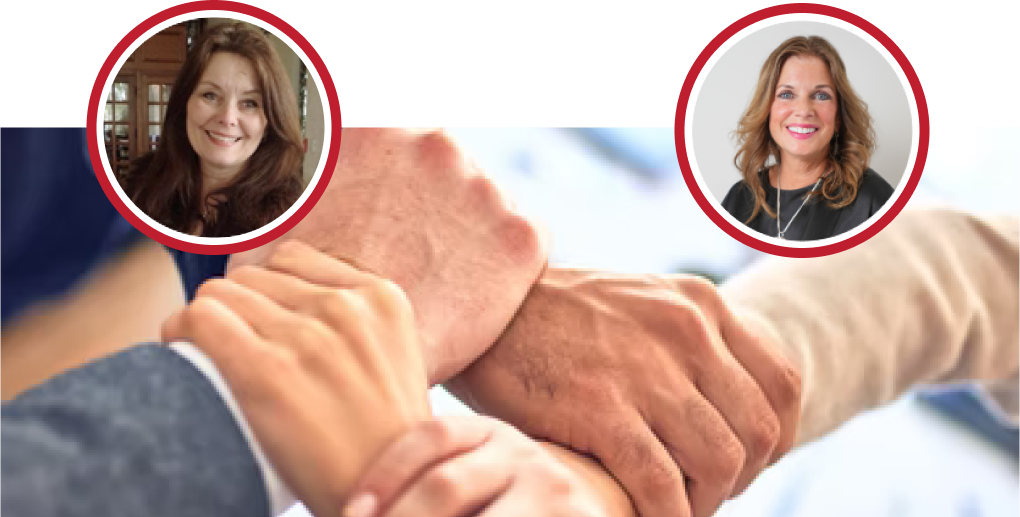
Building a Sustainable Enterprise-Wide Moment-by-Moment, Person-by-Person Customer Engagement Strategy
Business As “Un”usual • September 7, 2023
Kathy Steele, Diane S. Hopkins
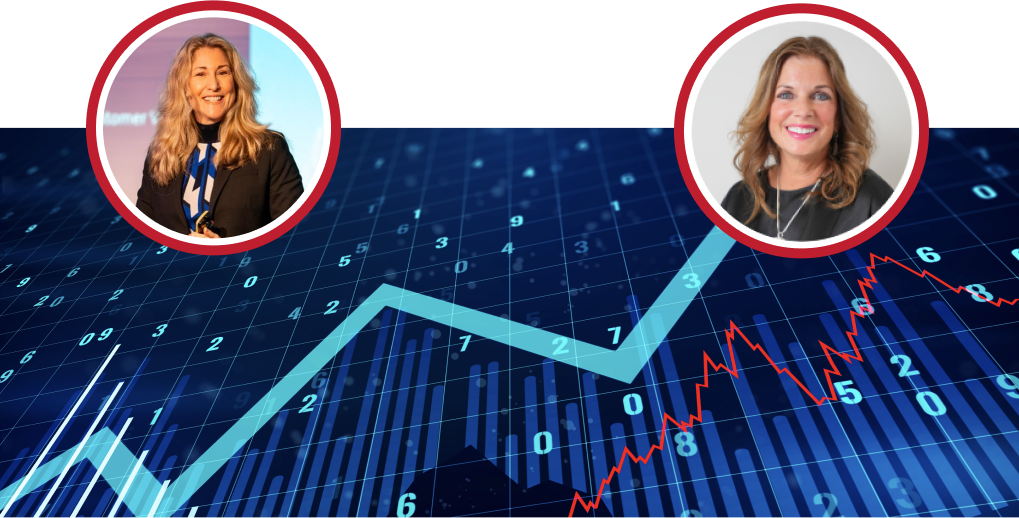
The Future of Sales
Business As “Un”usual • September 7, 2023
Kathy Steele, Tiffani Bova
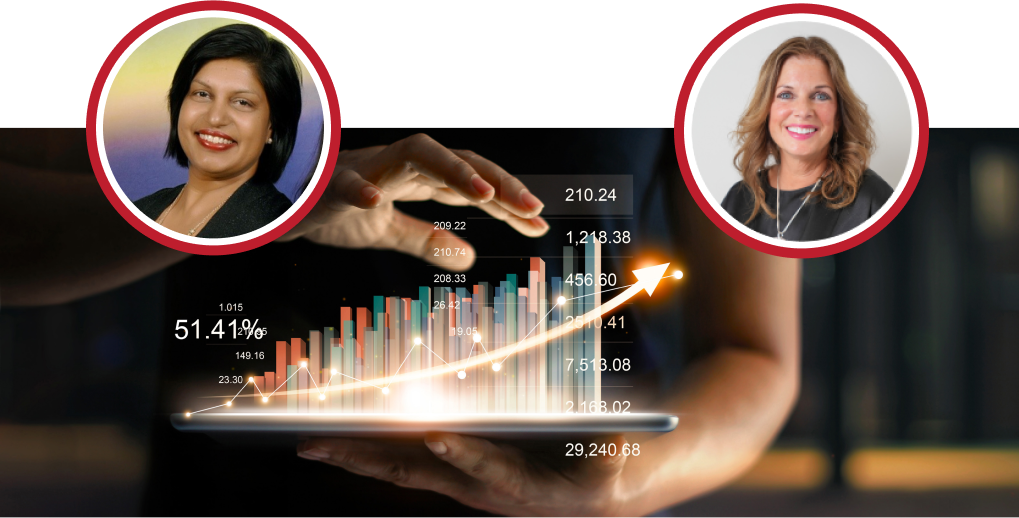
The Role of Data Analytics in Growth Planning
Business As “Un”usual • September 7, 2023
Kathy Steele, Chitra Iyer
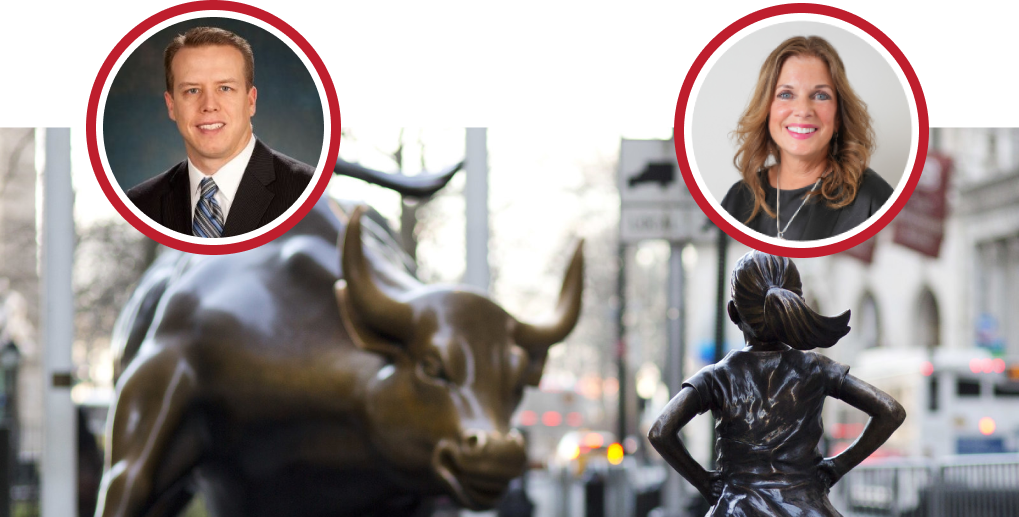
Will the Mid-Market Lead Our Nation’s Recovery?
Business As “Un”usual • September 7, 2023
Kathy Steele, Doug Farran
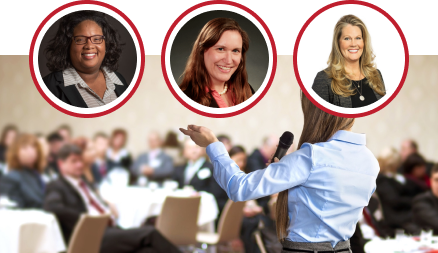
Empowering Women With a Growth Mindset
Business As “Un”usual • September 7, 2023
Kathy Steele, Loretta Boutot, Latoya Conners Gray, Mary Ellen Grom
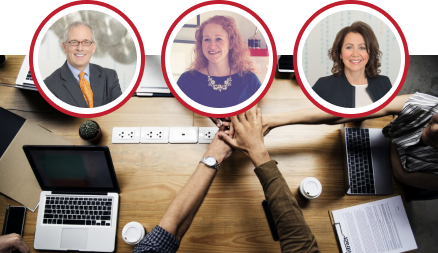
You’re Going to Love Working With Us, and Here’s Why: Building an Exceptional Client Experience
Business As “Un”usual • September 7, 2023
Kathy Steele, Chris McKee, Deanna Walker, Amy Anderson
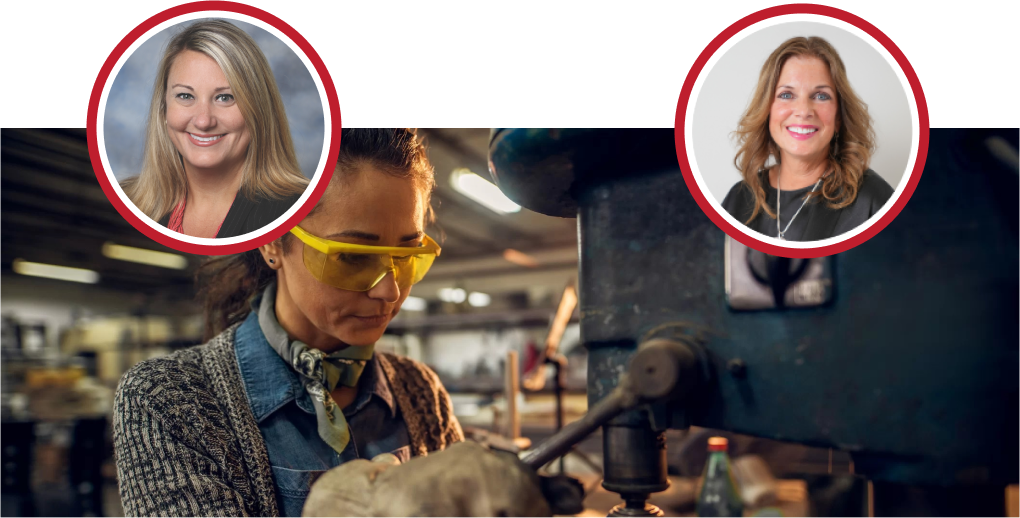
Women in Manufacturing 4.0: The Next Frontier
Business As “Un”usual • September 7, 2023
Kathy Steele, Allison Grealis
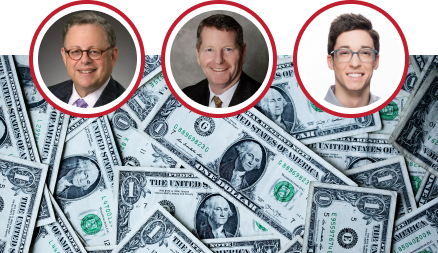
Where Are Markets Headed in 2021
Business As “Un”usual • September 7, 2023
Kathy Steele, Steven Ryan, Michael Rarey, Jeff Korzenik
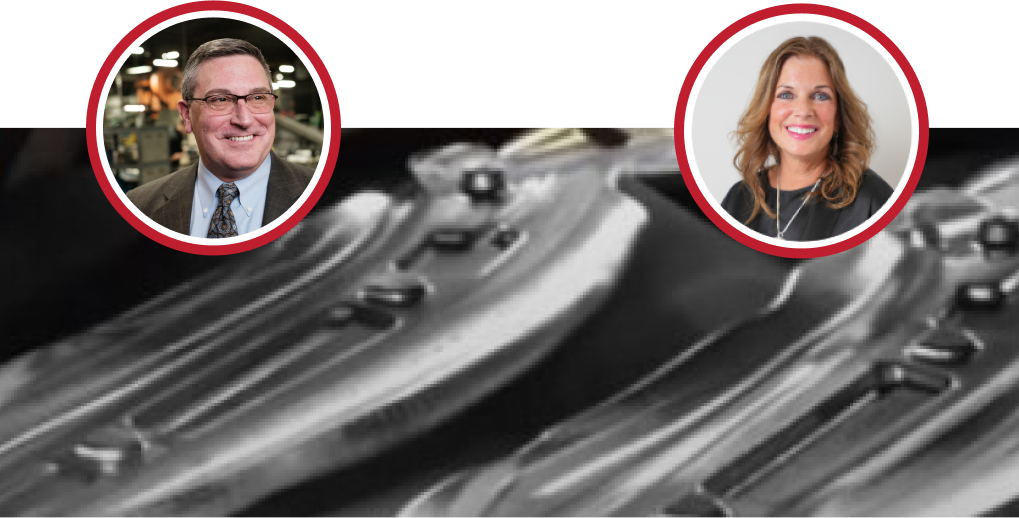
From Sales Know-How to Marketing Wow!
Business As “Un”usual • September 7, 2023
Kathy Steele, Tom Lefaivre
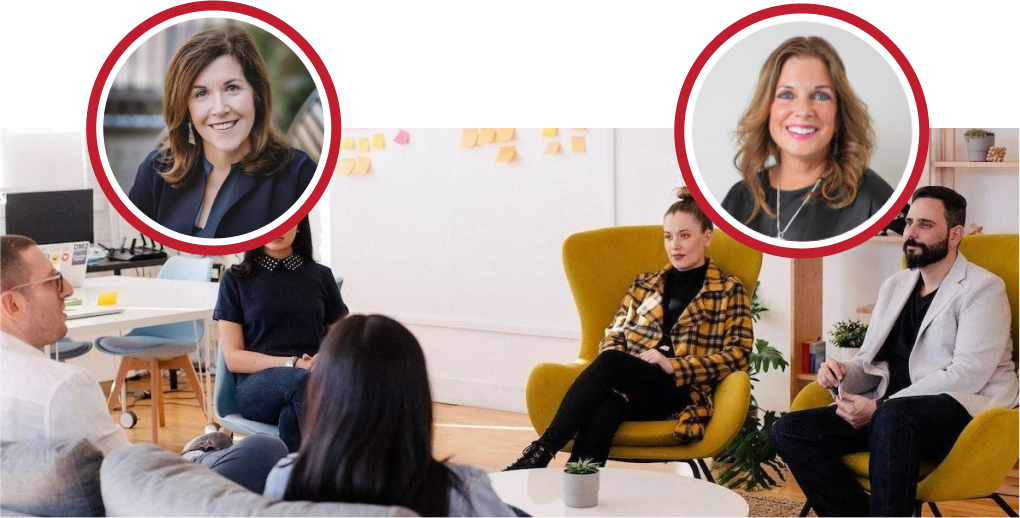
Reimagine Your Workplace: Be Ready for 2021
Business As “Un”usual • September 7, 2023
Kathy Steele, Mary Lynn Fayoumi
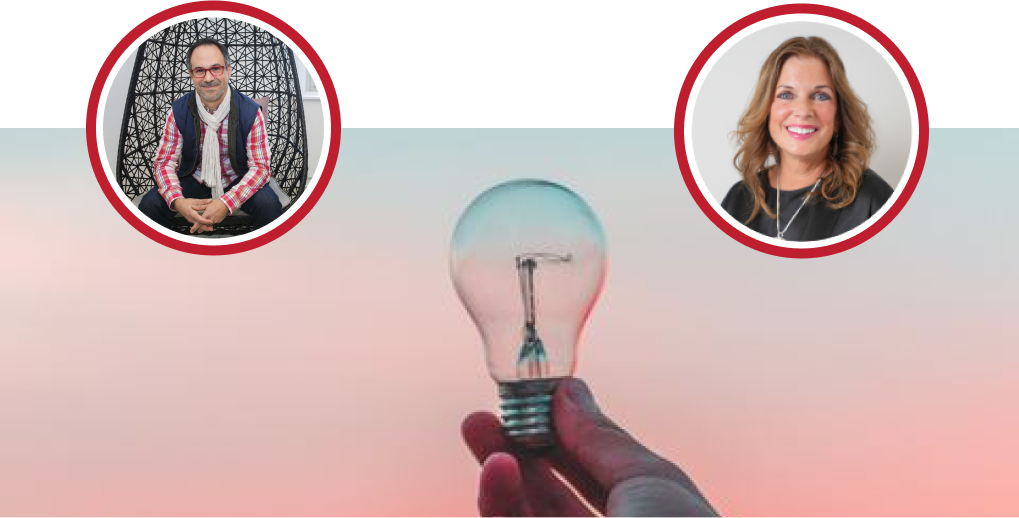
Innovation: Going Beyond the Buzzword
Business As “Un”usual • September 7, 2023
Kathy Steele, Moisés Noreña
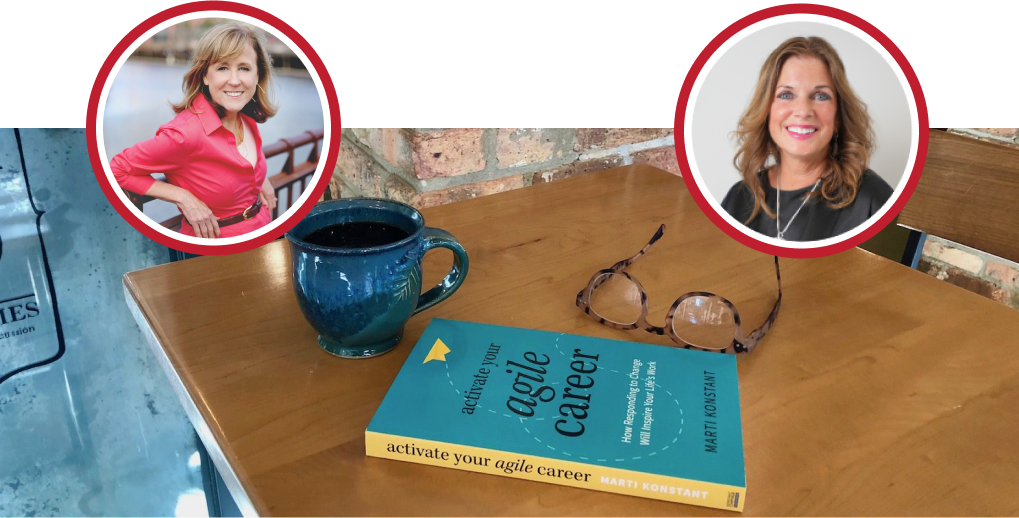
Flex or Fade: Why Agility is More Important Than Ever
Business As “Un”usual • September 7, 2023
Kathy Steele, Marti Konstant
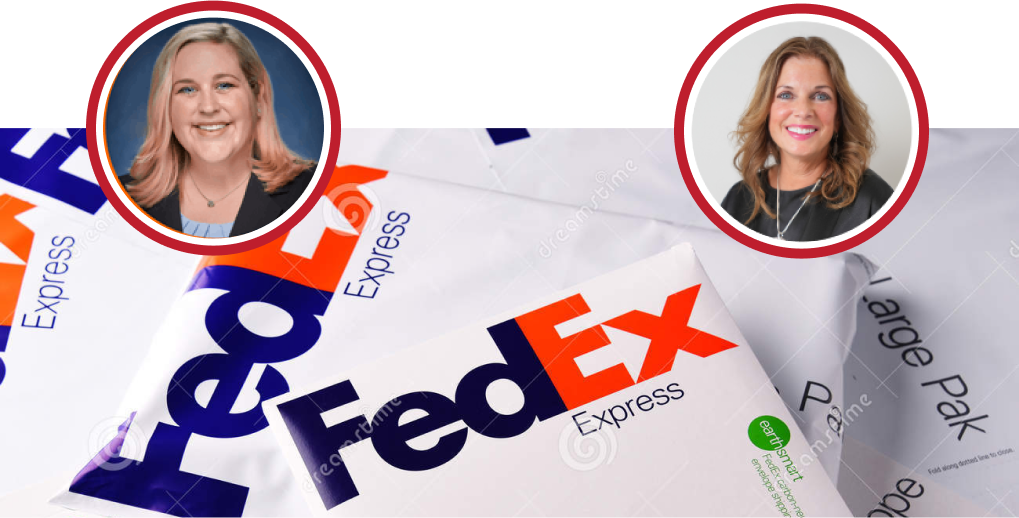
Think Like FedEx Express® – Agility, Efficiency, Modernization, and Hiring
Business As “Un”usual • September 7, 2023
Kathy Steele, Emily Brown
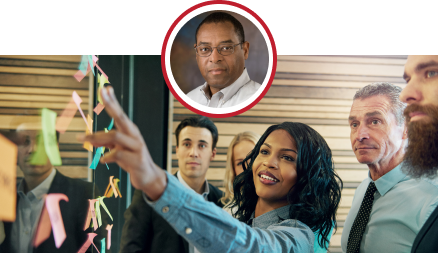
Revitalize Your Recruiting: Hiring Best Practices for Today’s Workforce
Business As “Un”usual • September 7, 2023
Kathy Steele, Rick Curry
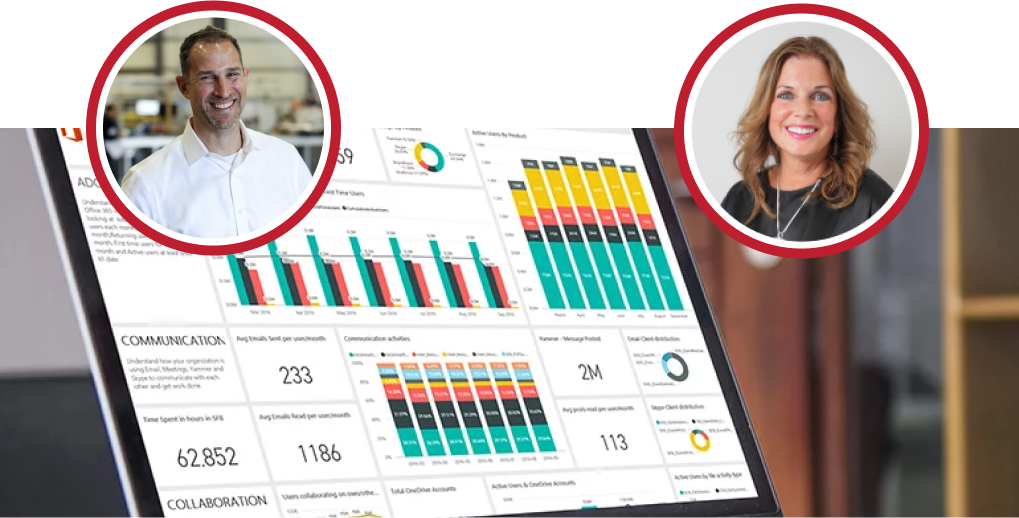
Building an Ownership Culture – GGOB, EOS, and ESOP
Business As “Un”usual • September 7, 2023
Kathy Steele, Kevin Mauger
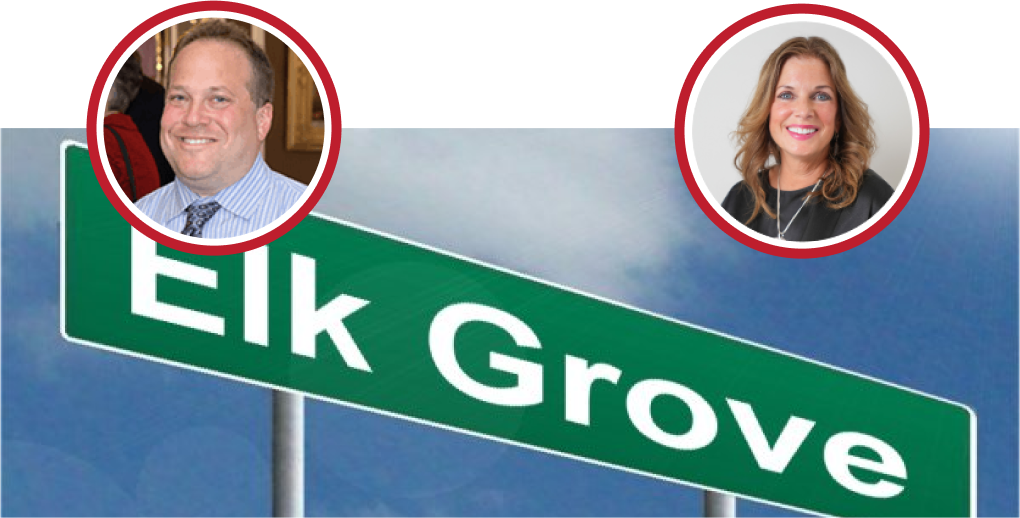
Why the US’s Largest Industrial Park is Obsessed With Helping Businesses Thrive
Business As “Un”usual • September 7, 2023
Kathy Steele, Josh Grodzin
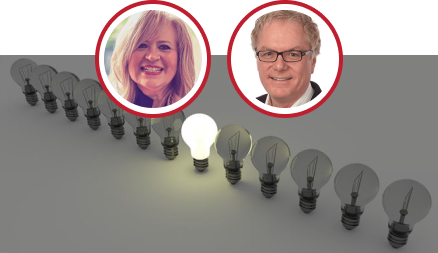
The Time is Now to Reset Your Strategic Plan for Growth, Innovation, Technology, and Culture!
Business As “Un”usual • September 7, 2023
Kathy Steele, Janet Viane, Dean Debaise
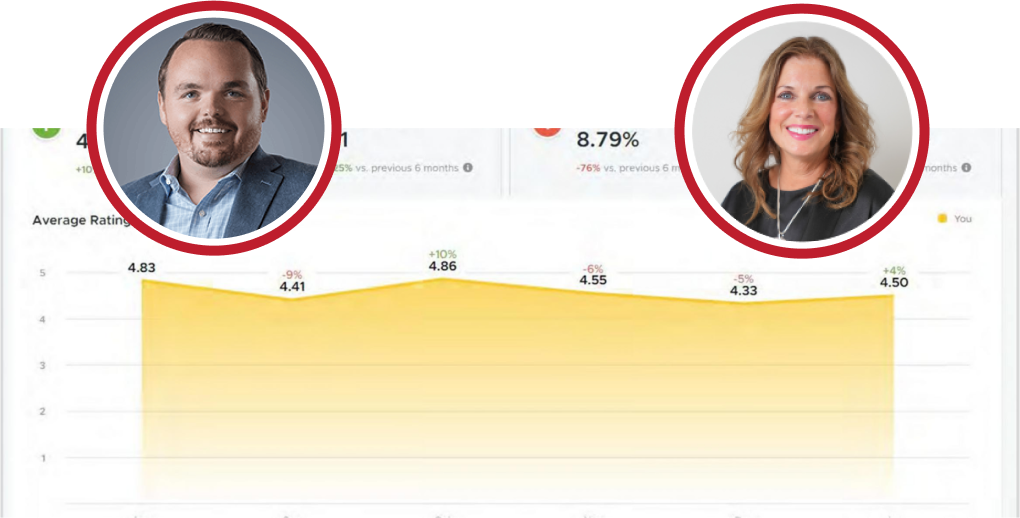
Learn How You Can Build Trust With Potential Customers, Increase Your Conversion Rate and Build Seo Value for Your Website – All by Using Reviews!
Business As “Un”usual • September 7, 2023
Kathy Steele, Chris Campbell
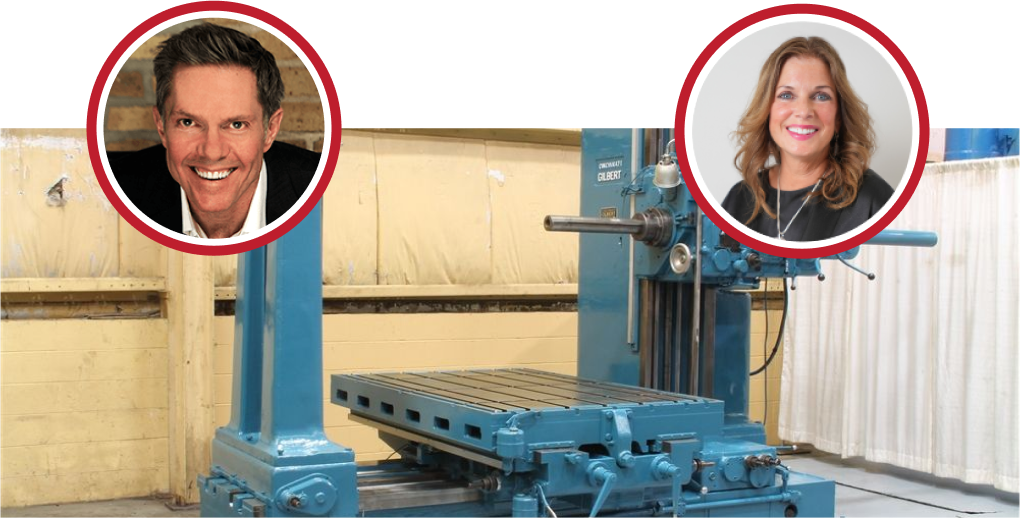
Learn Why Carr Machine & Tool is Preparing for the Reshoring Revolution With the 3 C’s of Business: Culture, Capacity, and Capabilities
Business As “Un”usual • September 7, 2023
Kathy Steele, Jim Carr
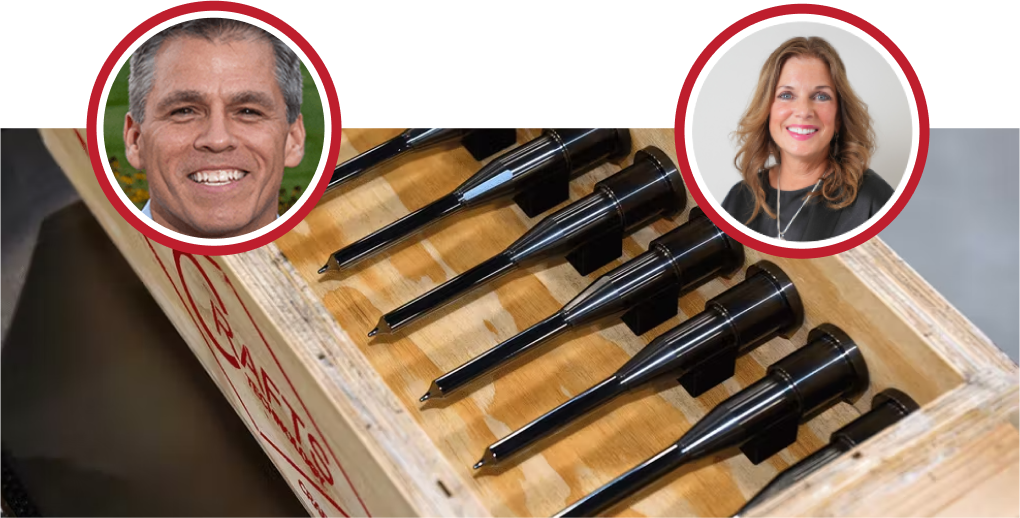
Learn How Crafts Technology is Surviving Murphy’s Law… And a Pandemic.
Business As “Un”usual • September 7, 2023
Kathy Steele, Jeff Taylor
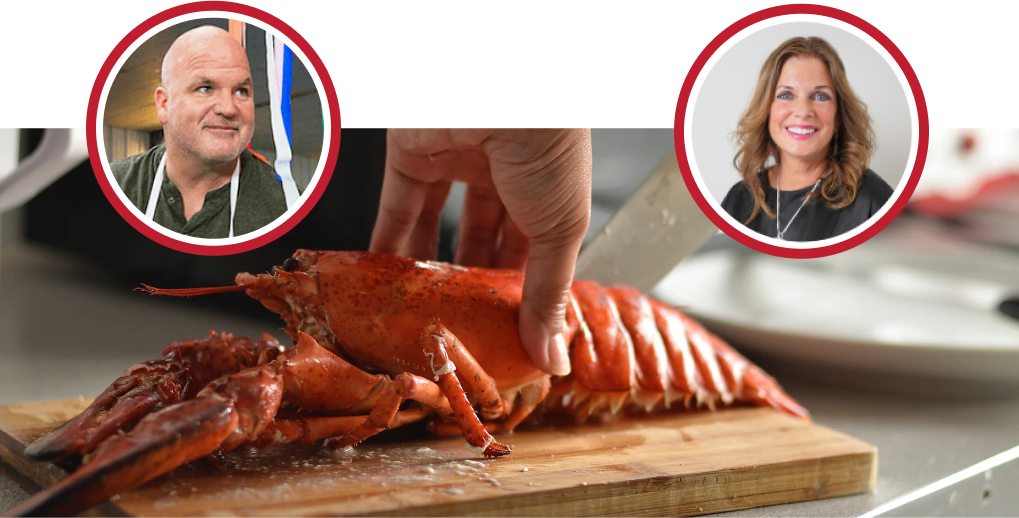
Learn How Get Maine Lobster Has Successfully Navigated the Highs and Lows of 10X More Orders
Business As “Un”usual • September 7, 2023
Kathy Steele, Mark Murrell